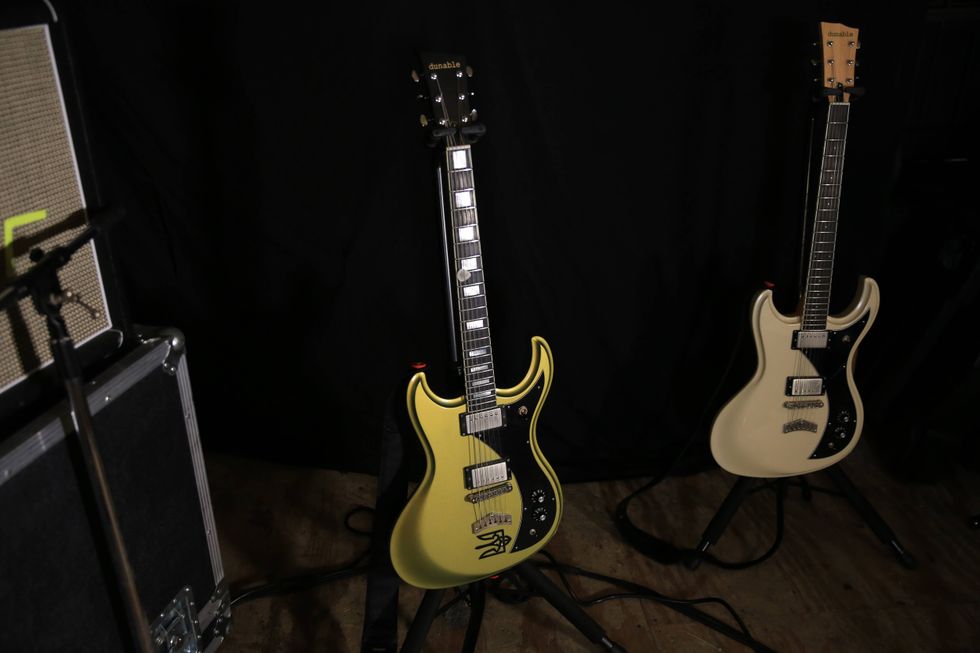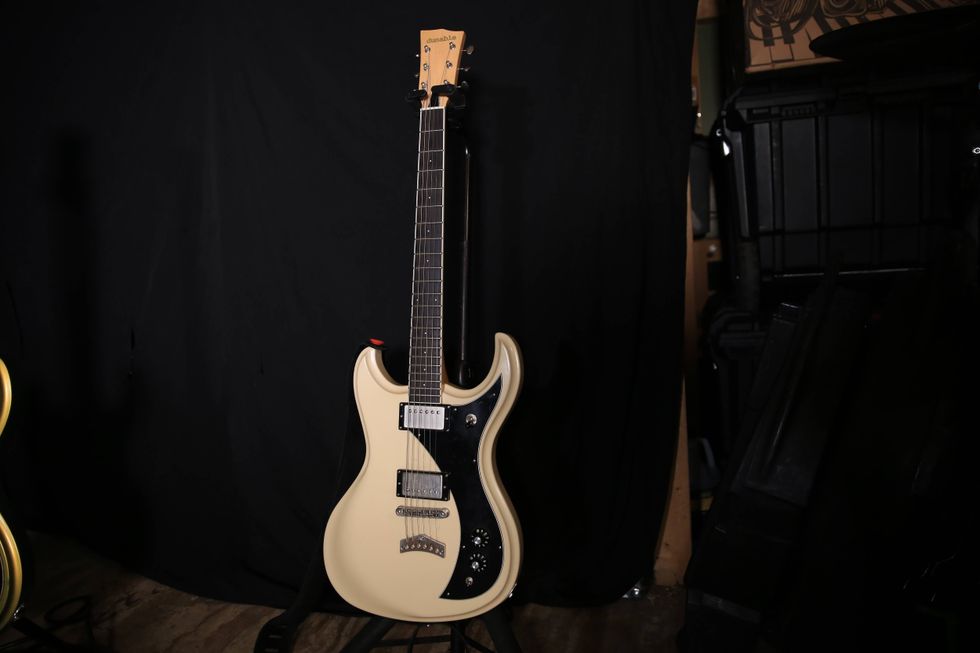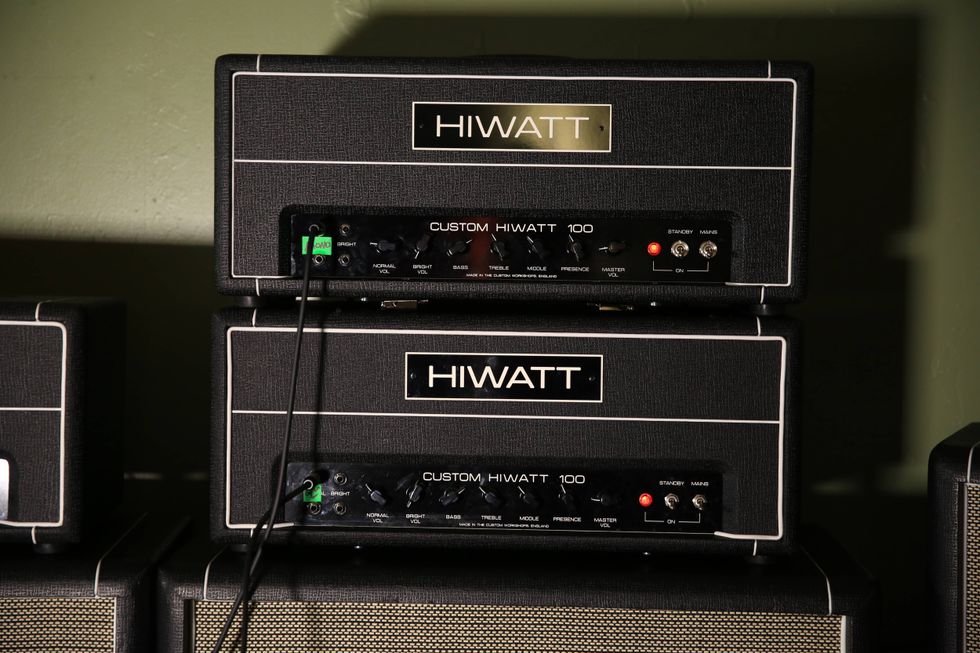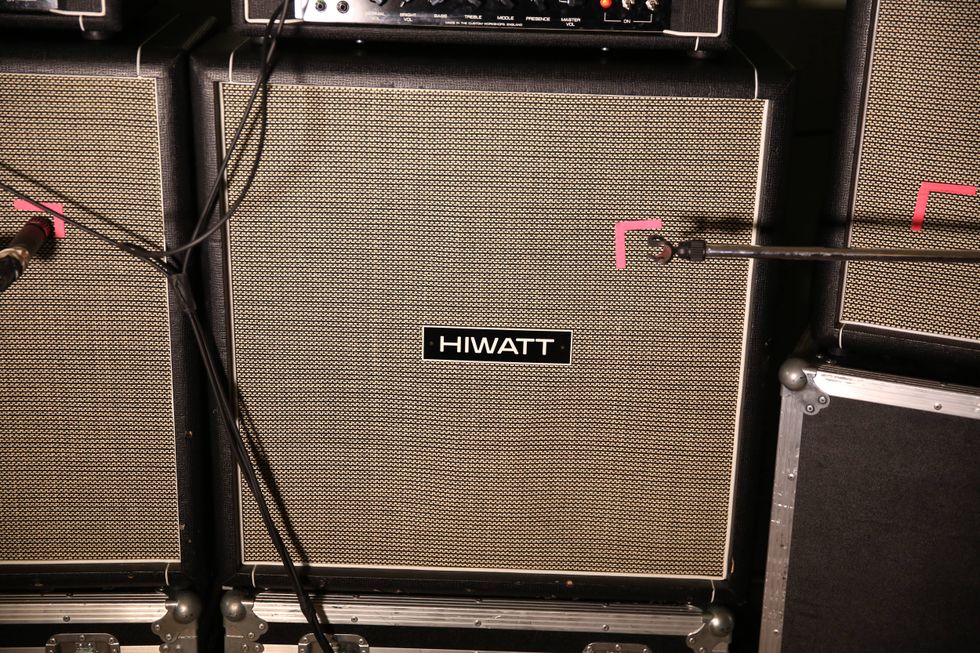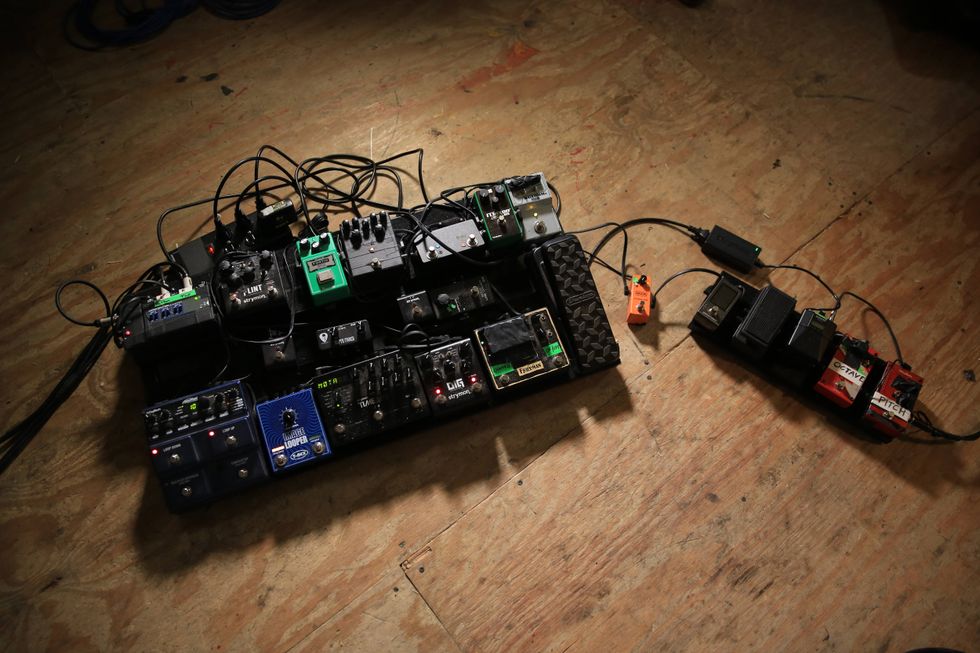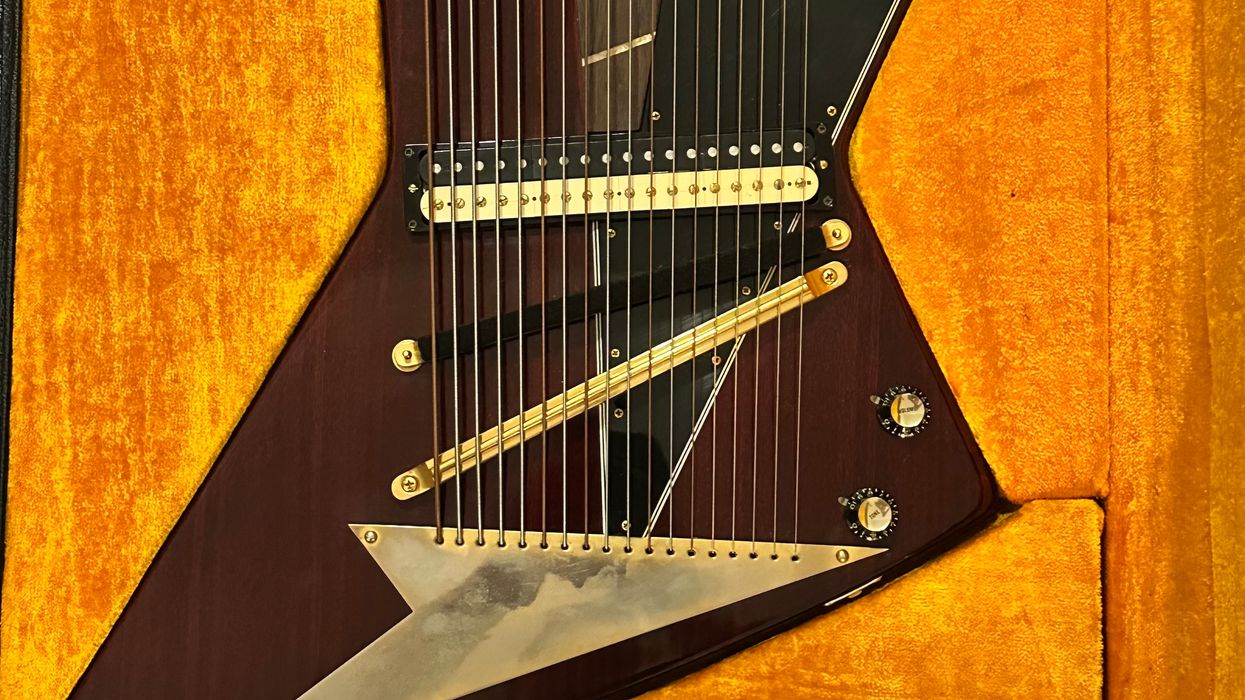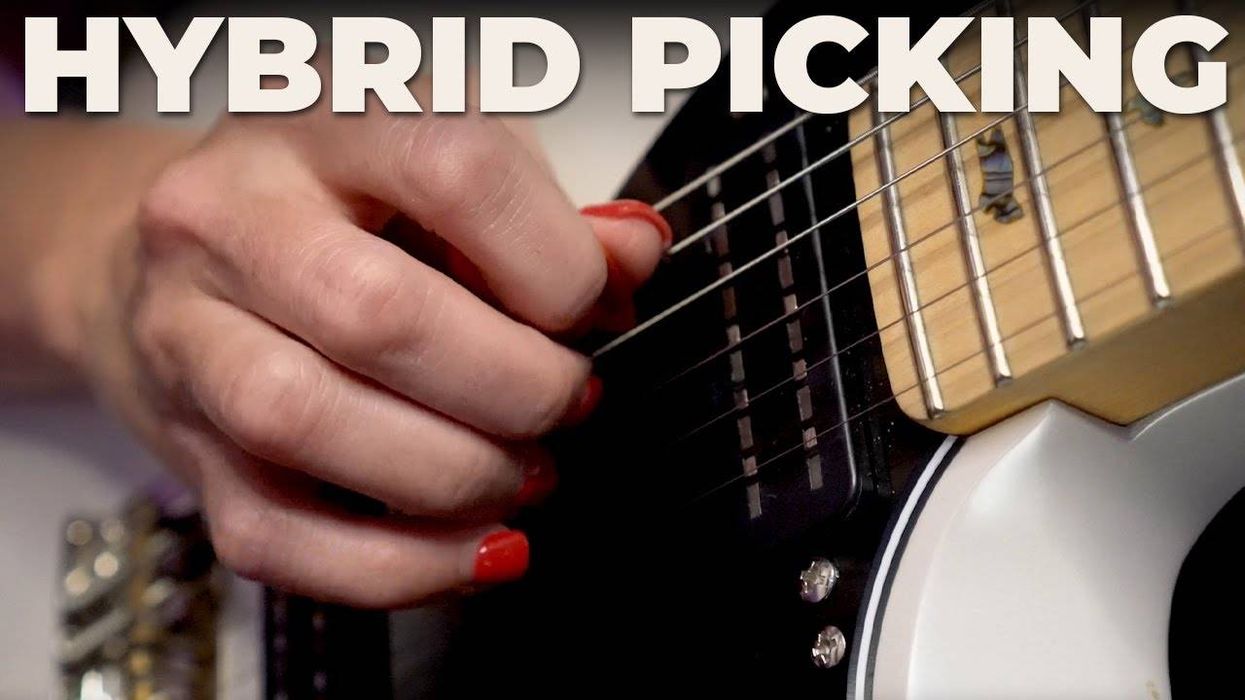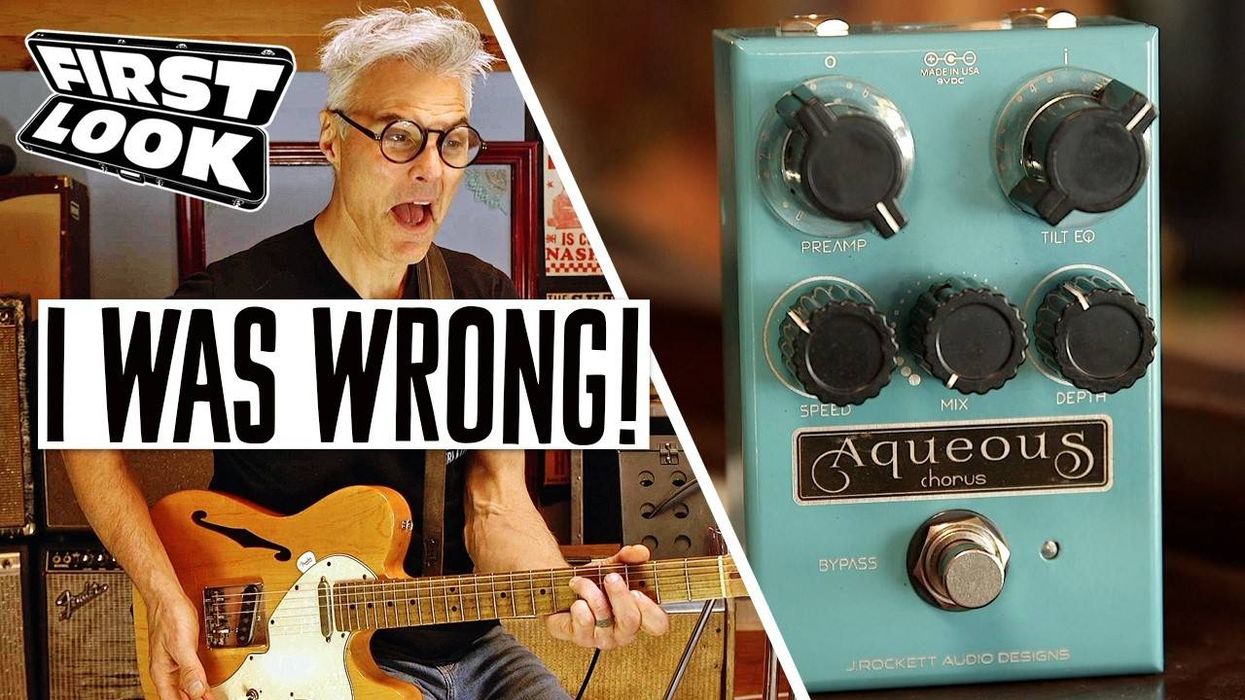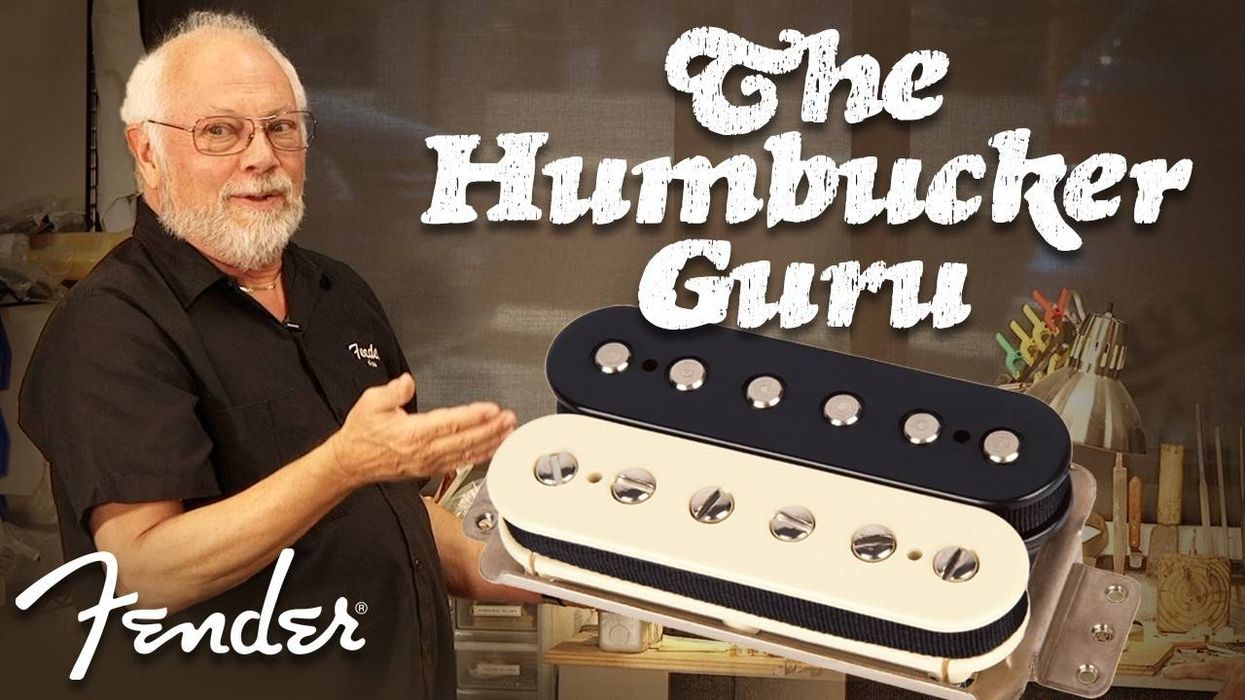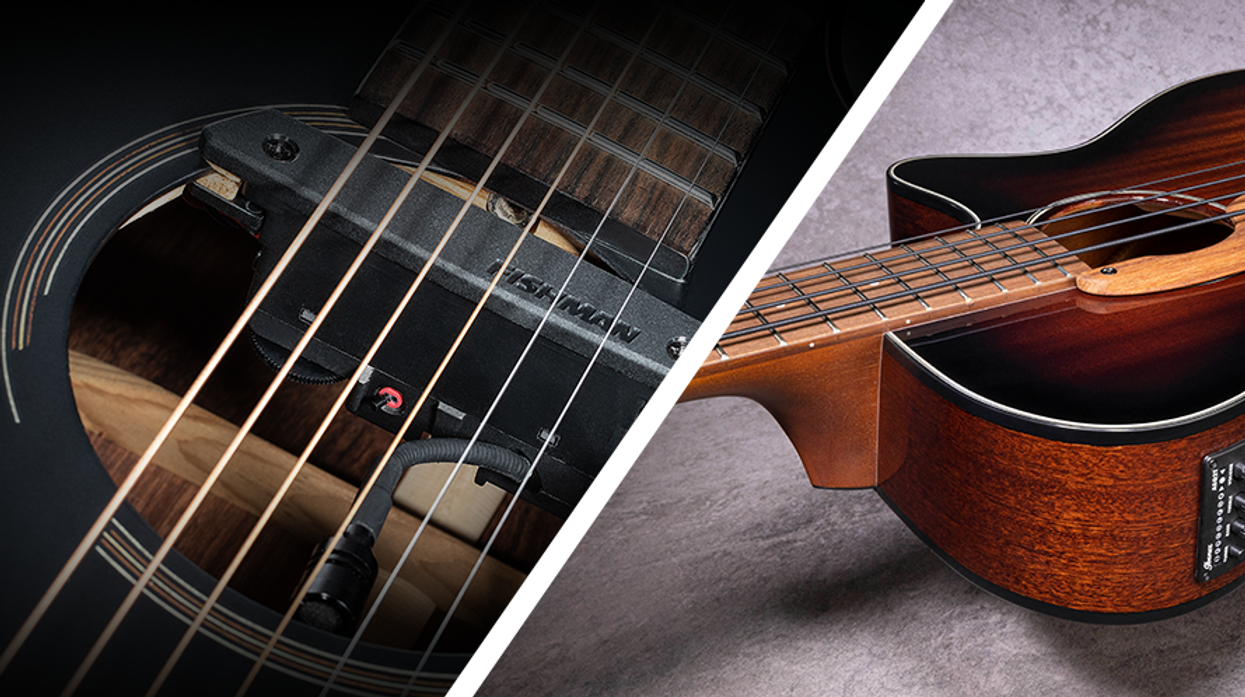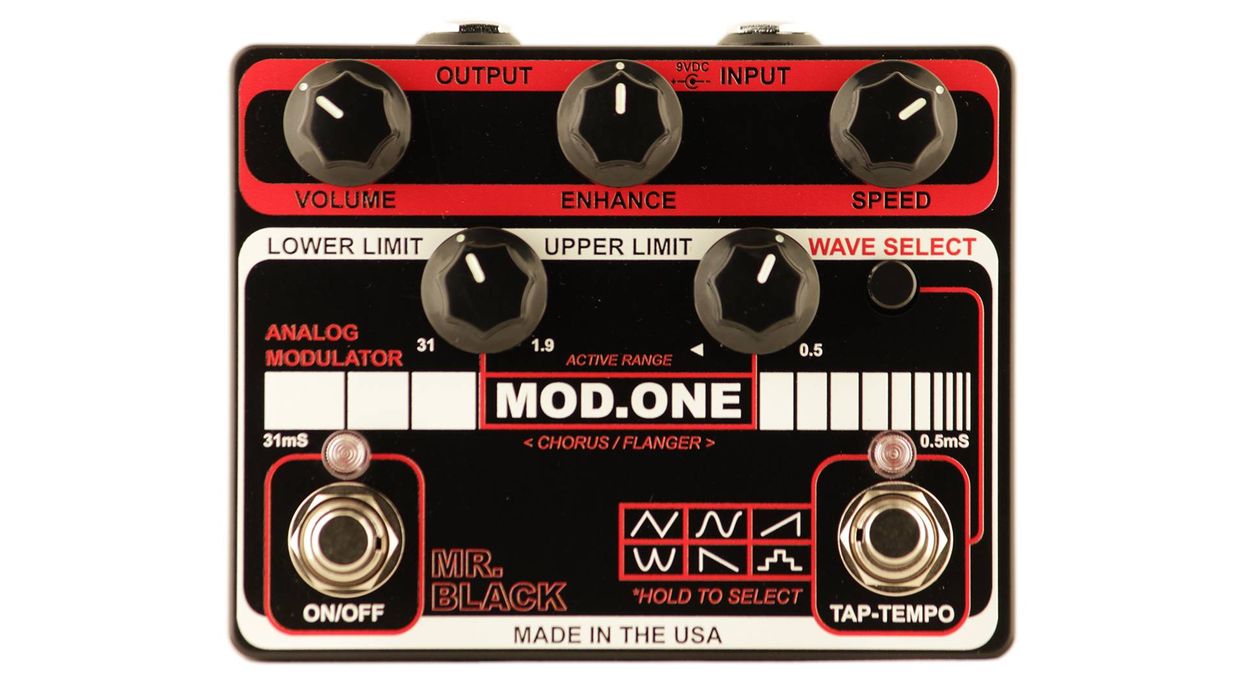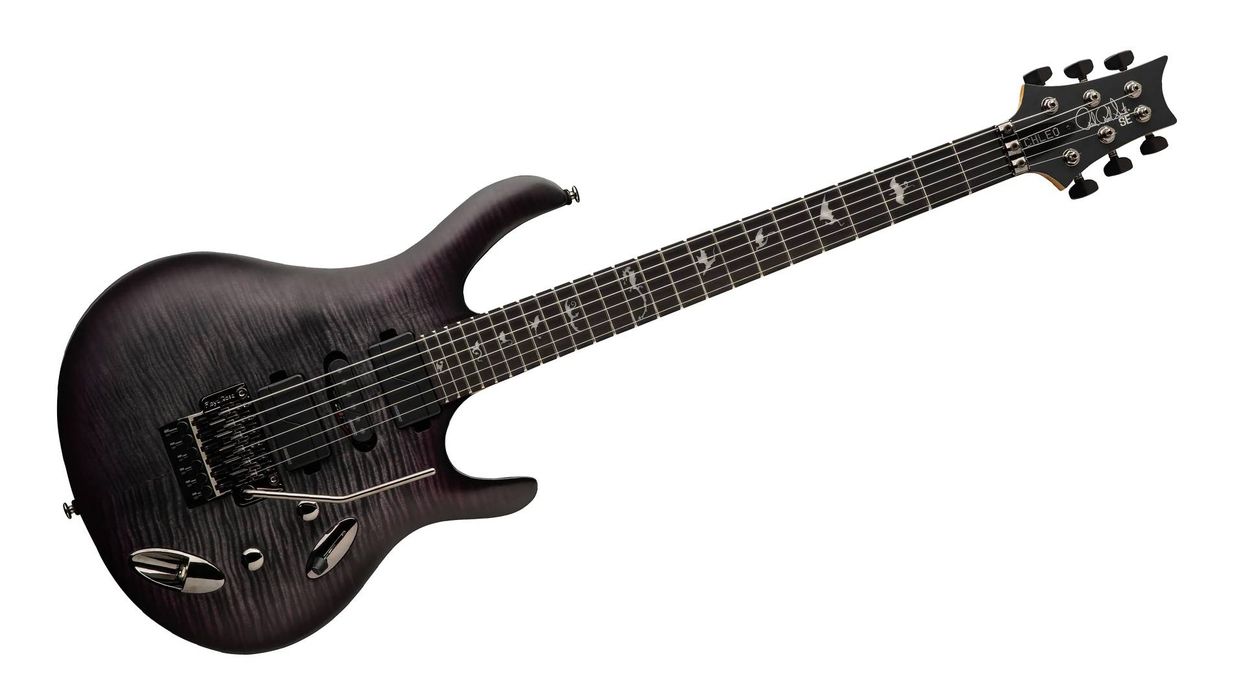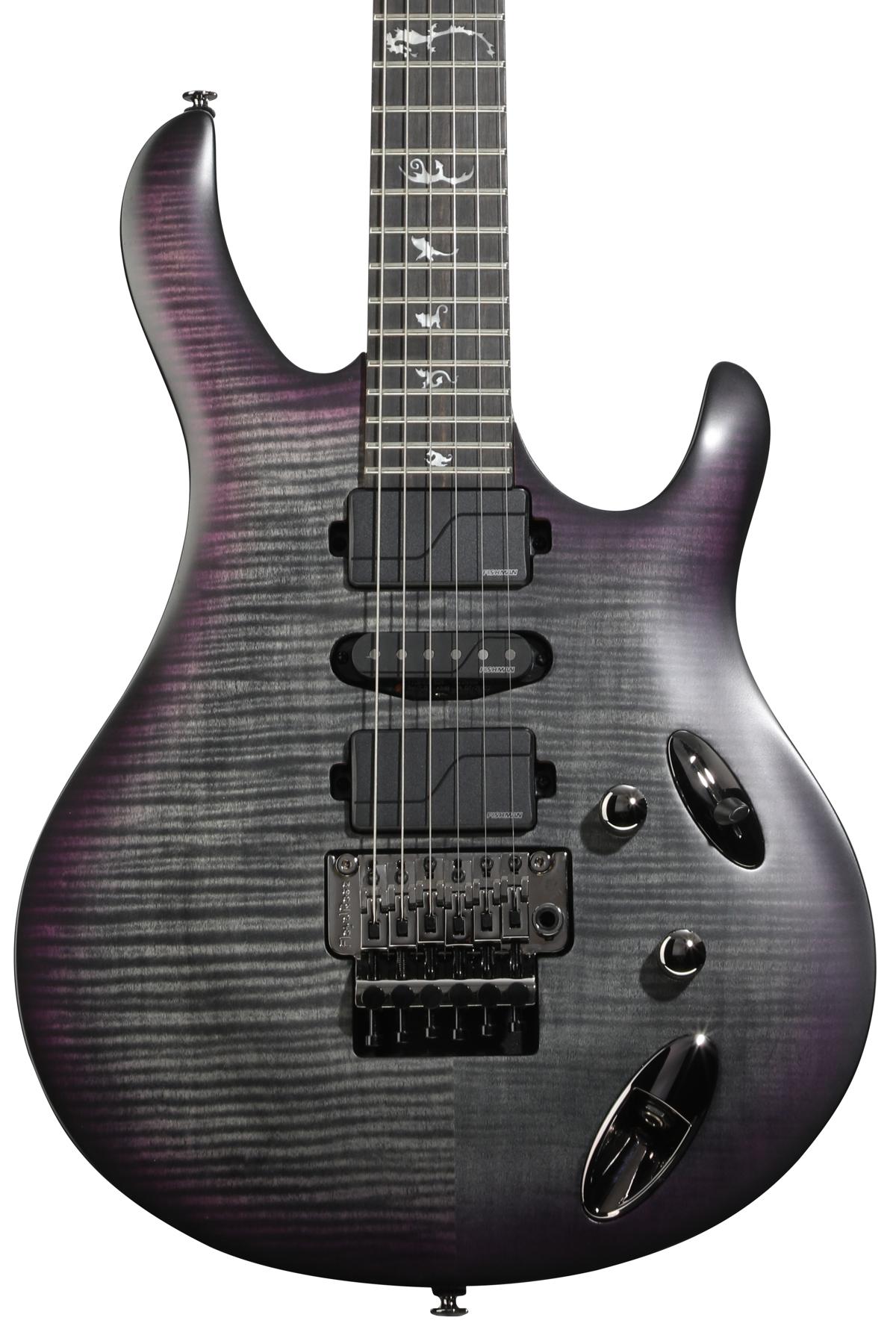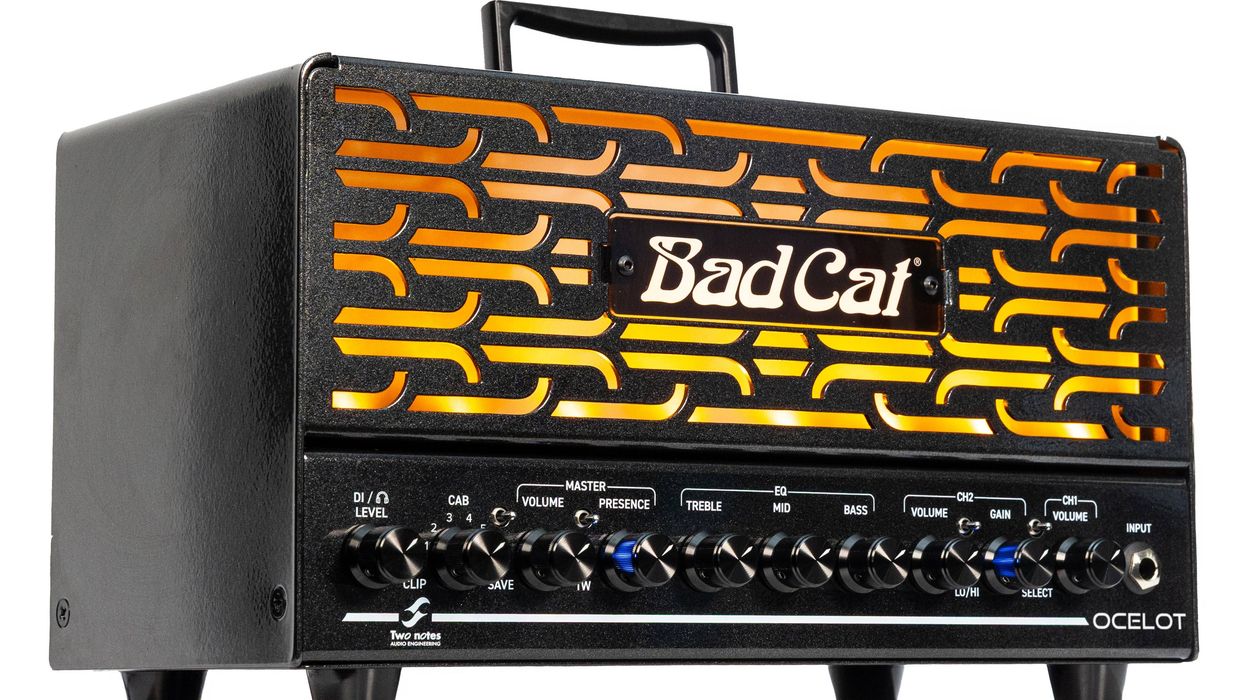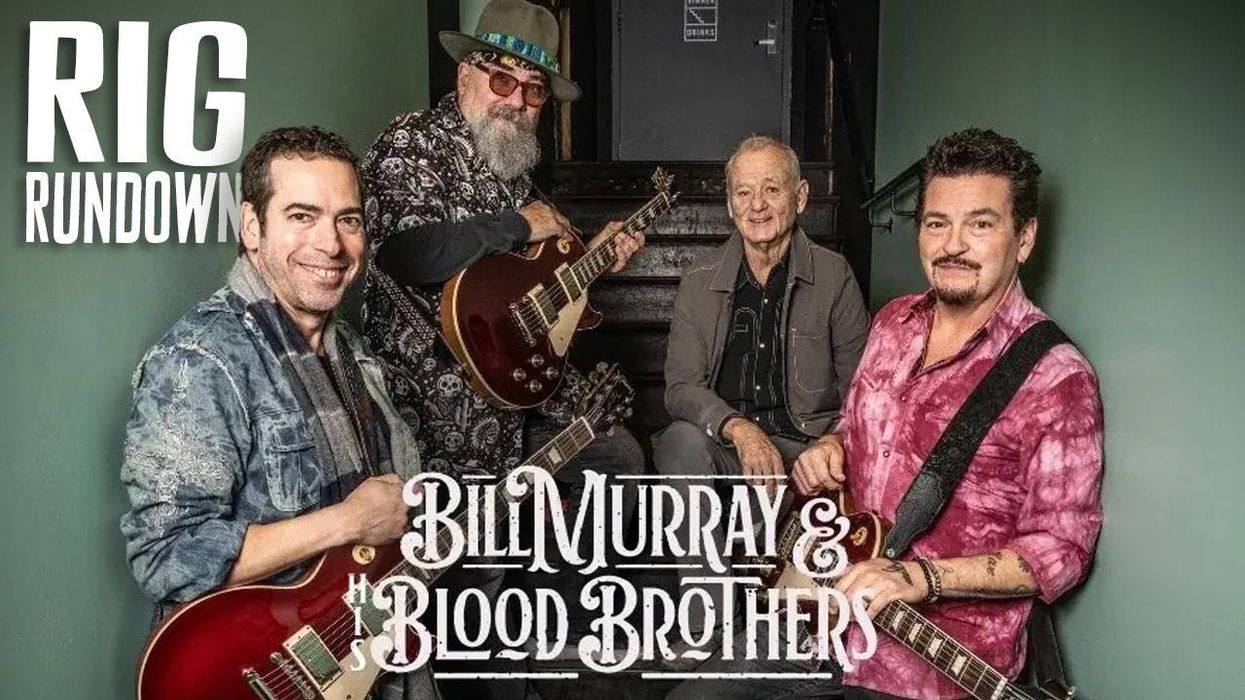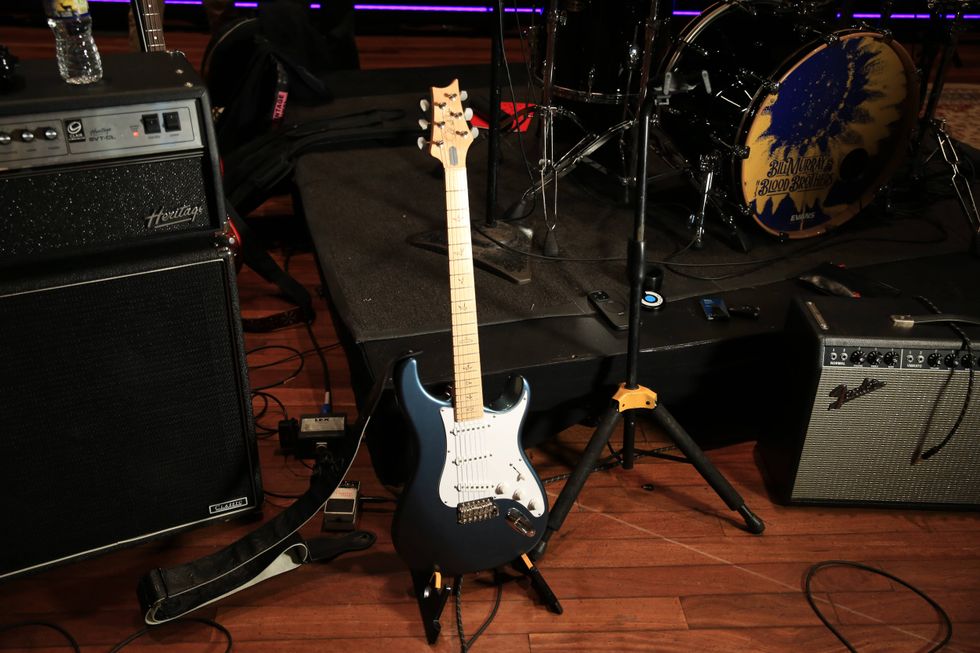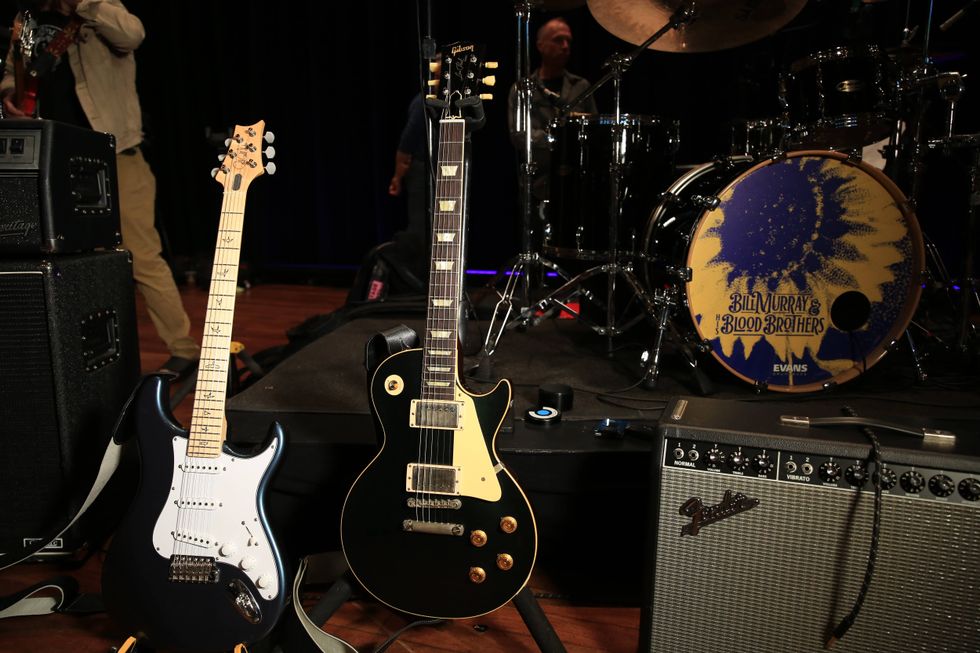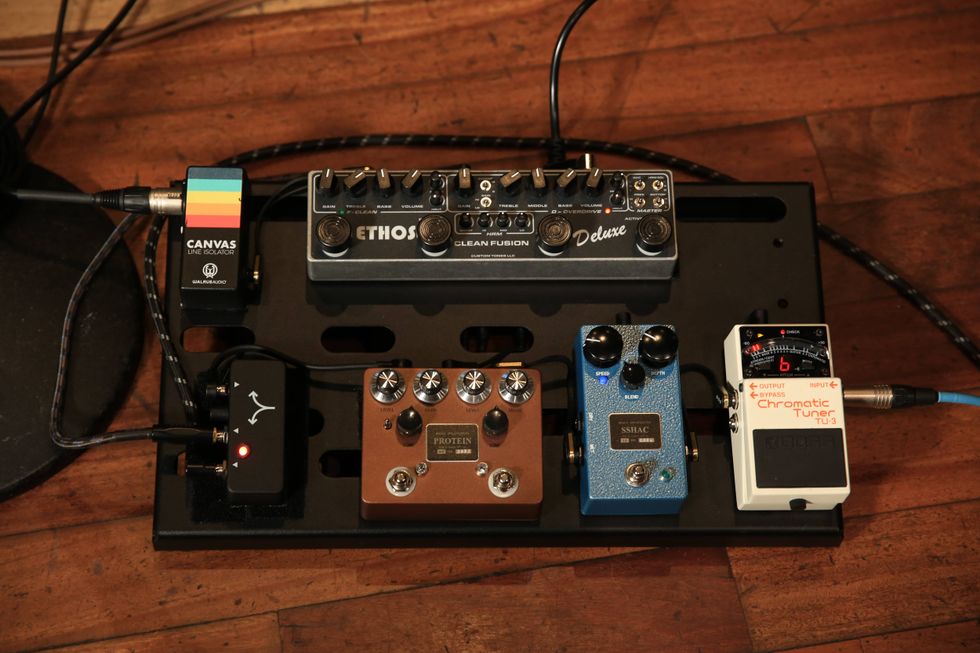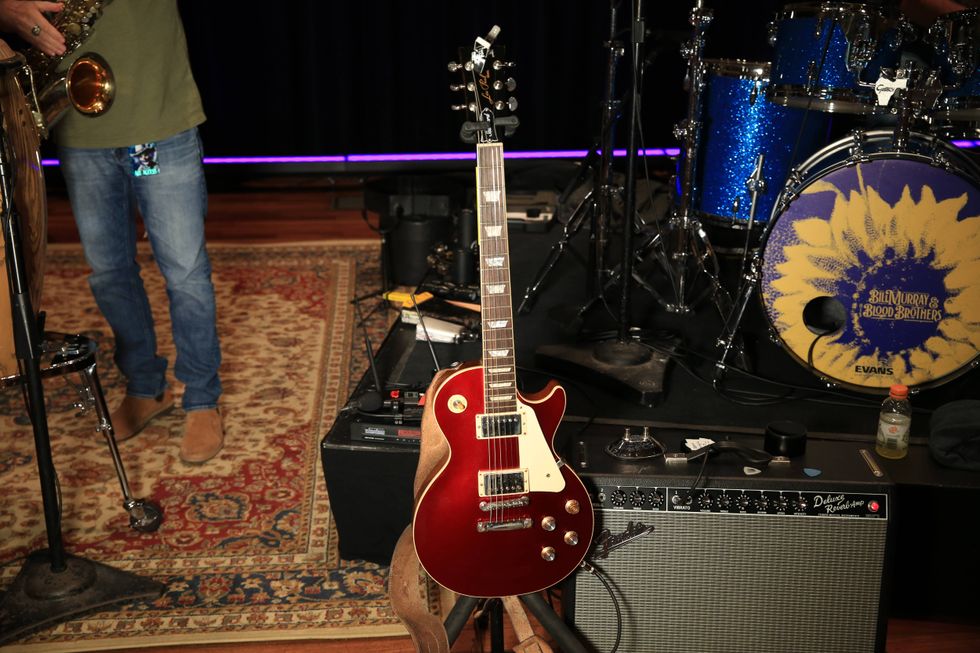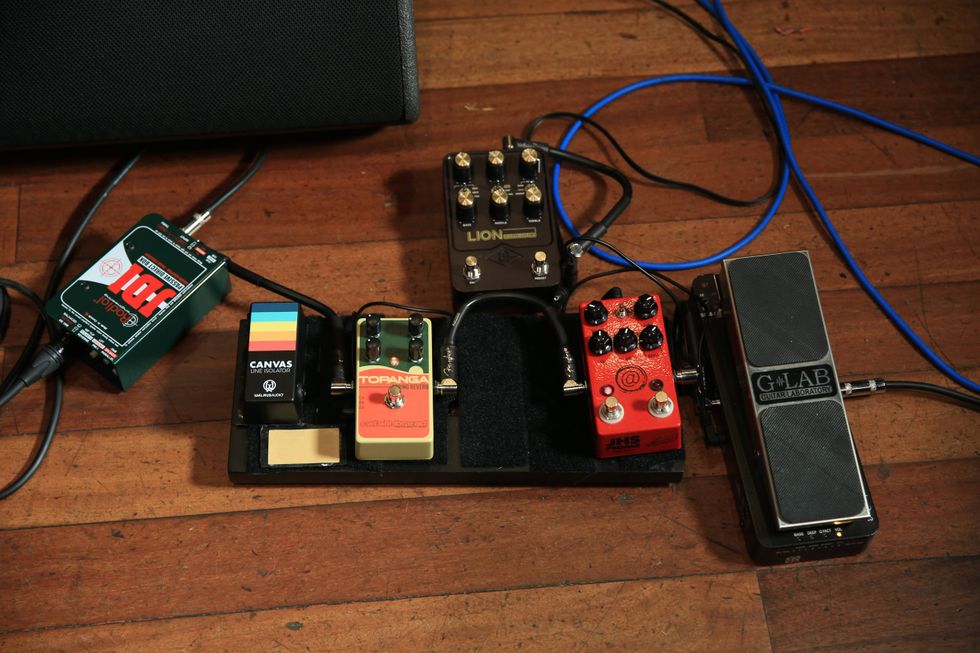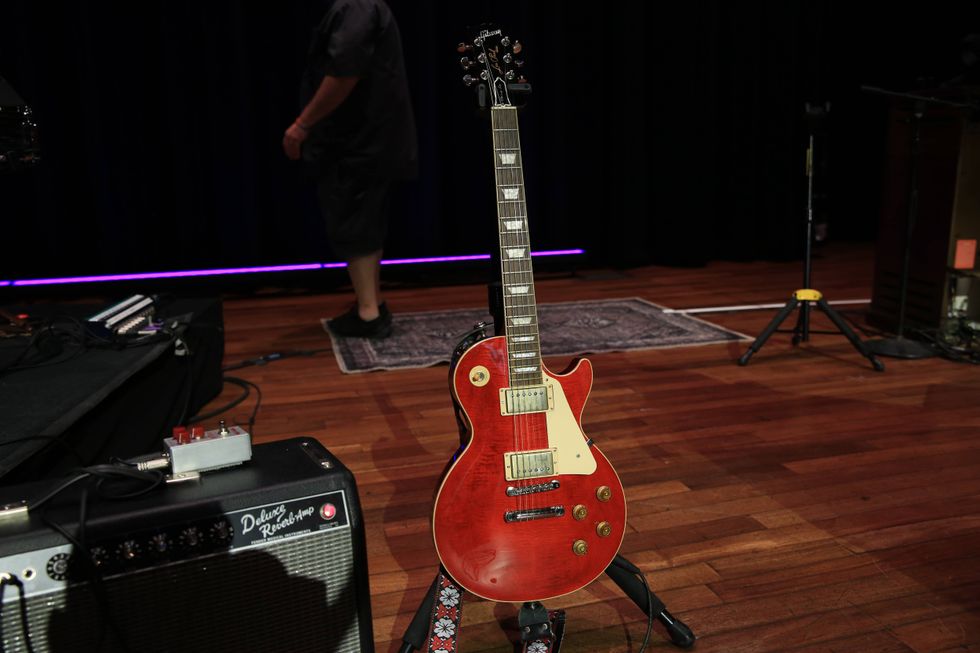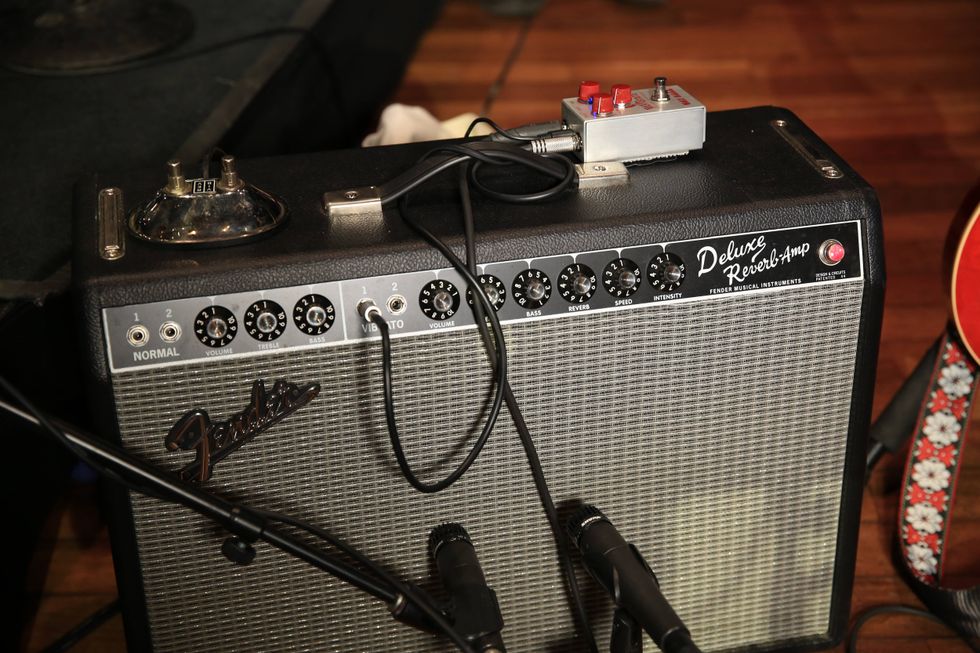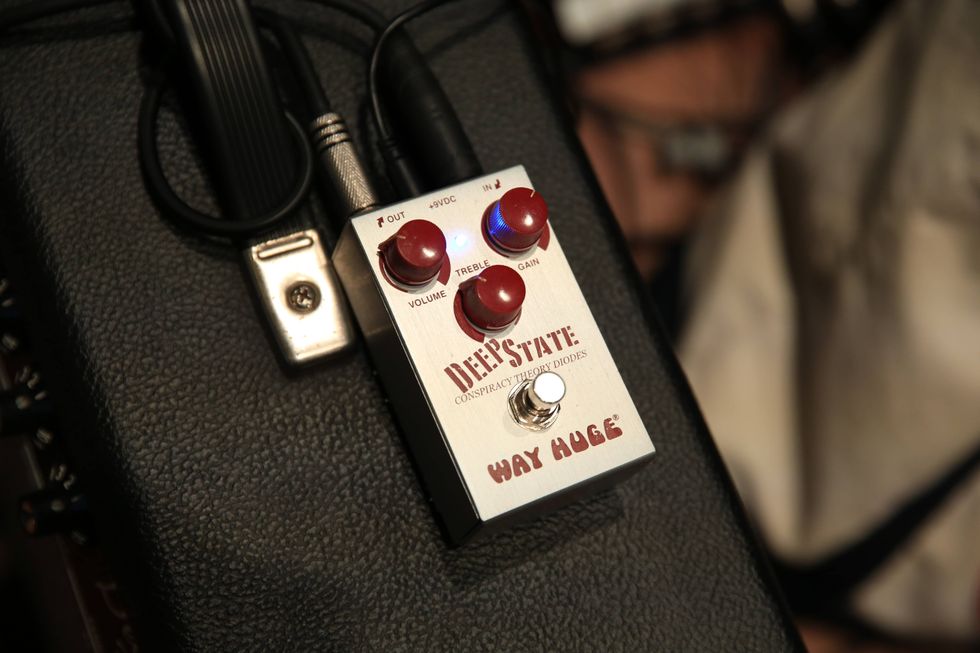Everyone remembers their first guitar—the one that fanned the flames. And let’s face it: While most beginners can’t afford the types of instruments that pro players acquire and use as they mature into bona fide stars, they simply don’t care. They just wanna play!
That’s why first axes are so memorable. They are the keys to the magic kingdom of the 6-string, and once we enter, that’s where so many of us spend much of our lives. So, Premier Guitar asked a dozen elite players about their own first guitars. For most, it was love at first strum—even if there was a little rattle and buzz involved. Here are their stories, with photographs of each first guitar for added nostalgia.
Photo by Libby Knudsen
Mark Arm (Mudhoney)

Photo by Emily Rieman
Eventually, I learned about barre chords and tuning. The Orpheus guitar came with a flatwound A string that couldn’t be changed or tuned because the machine head was broken. So, the band had to tune to that ancient unbreakable string. I added an MXR Distortion +, turned the knobs all the way up, and with the gain cranked on the Peavey, that Orpheus made this incredibly beautiful, head-shearing, room-clearing noise.
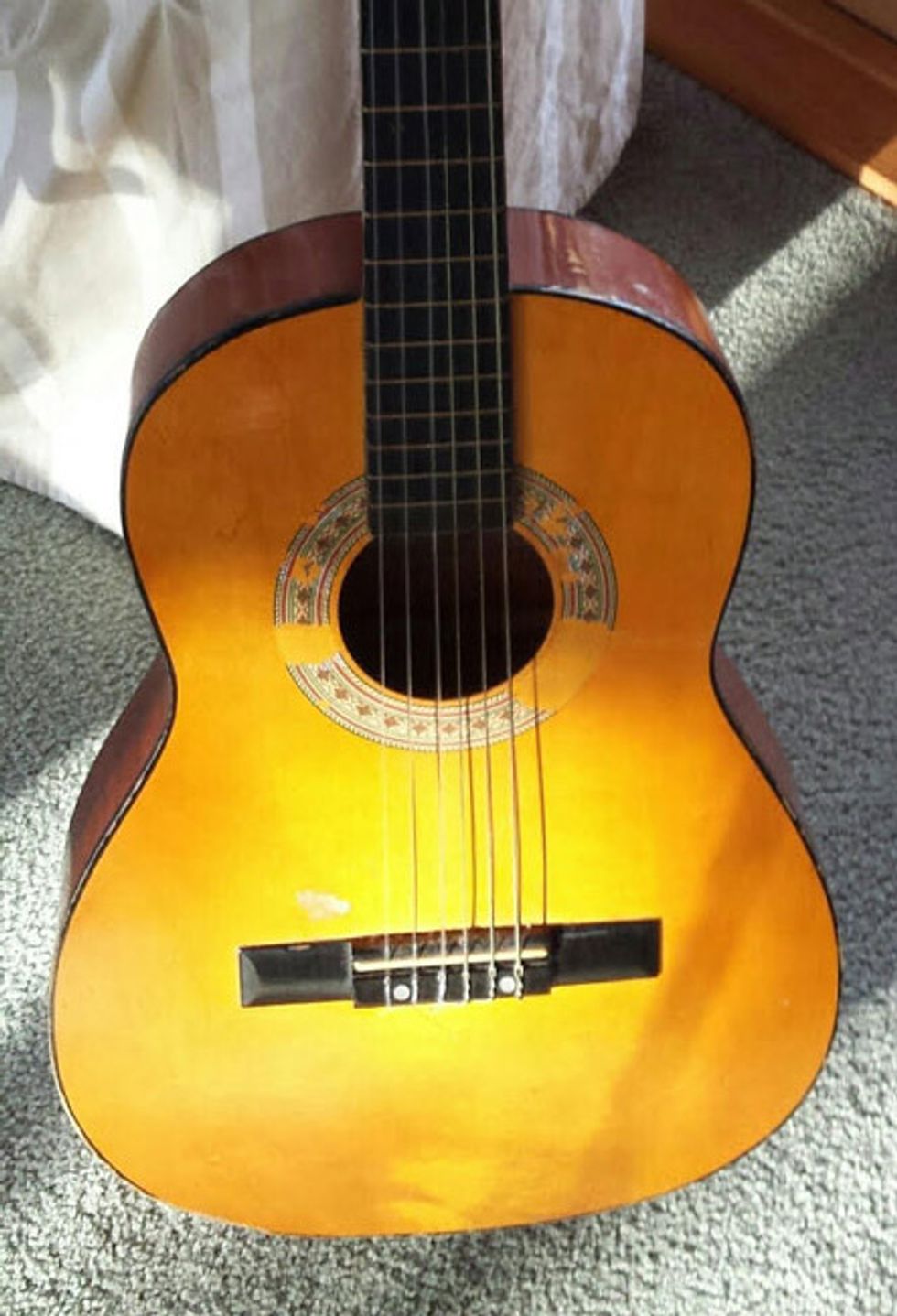
Courtney Barnett
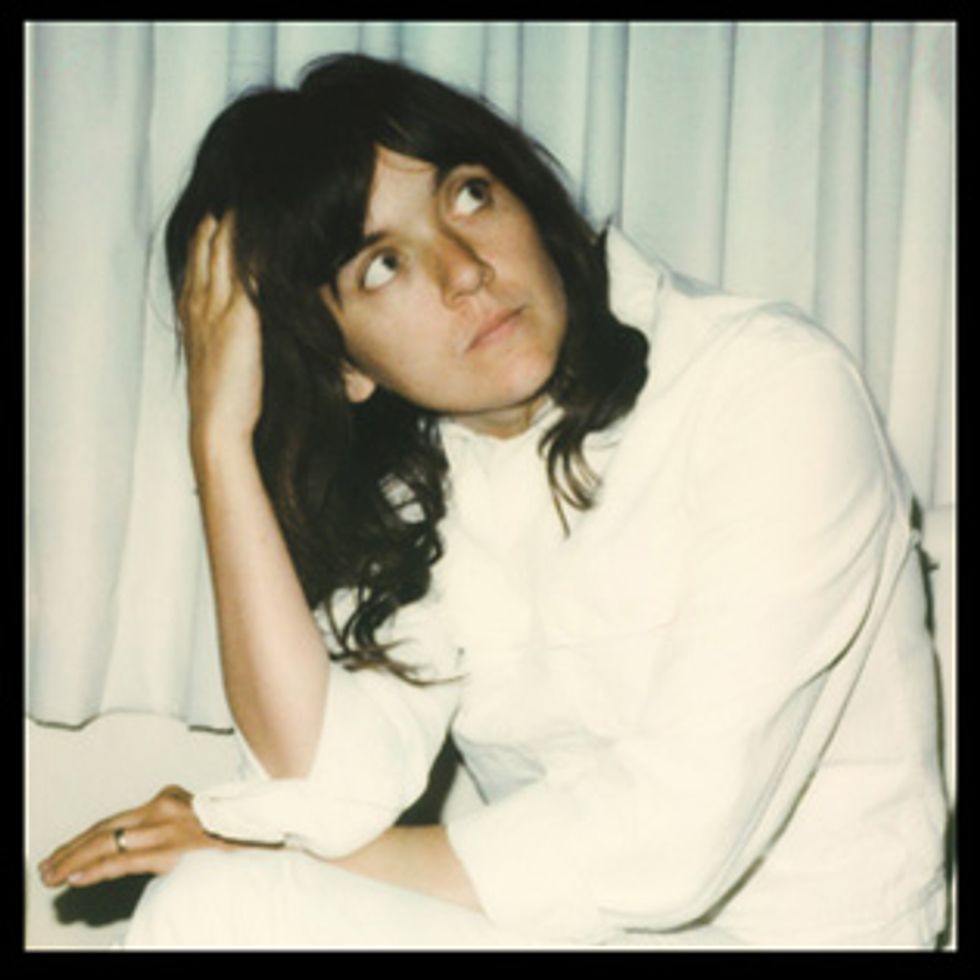
Photo by Pooneh Ghana
I hassled my parents for a guitar for so long that finally a family friend loaned/gifted me an old nylon-string they had kicking around the house. The fretboard was popping off the neck so it made a constant rattle. Thankfully, my neighbor filed down the nut a little bit and re-strung it left-handed for me, and then he taught me how to play “Come As You Are.”
Photo by Kirk West
Duane Betts
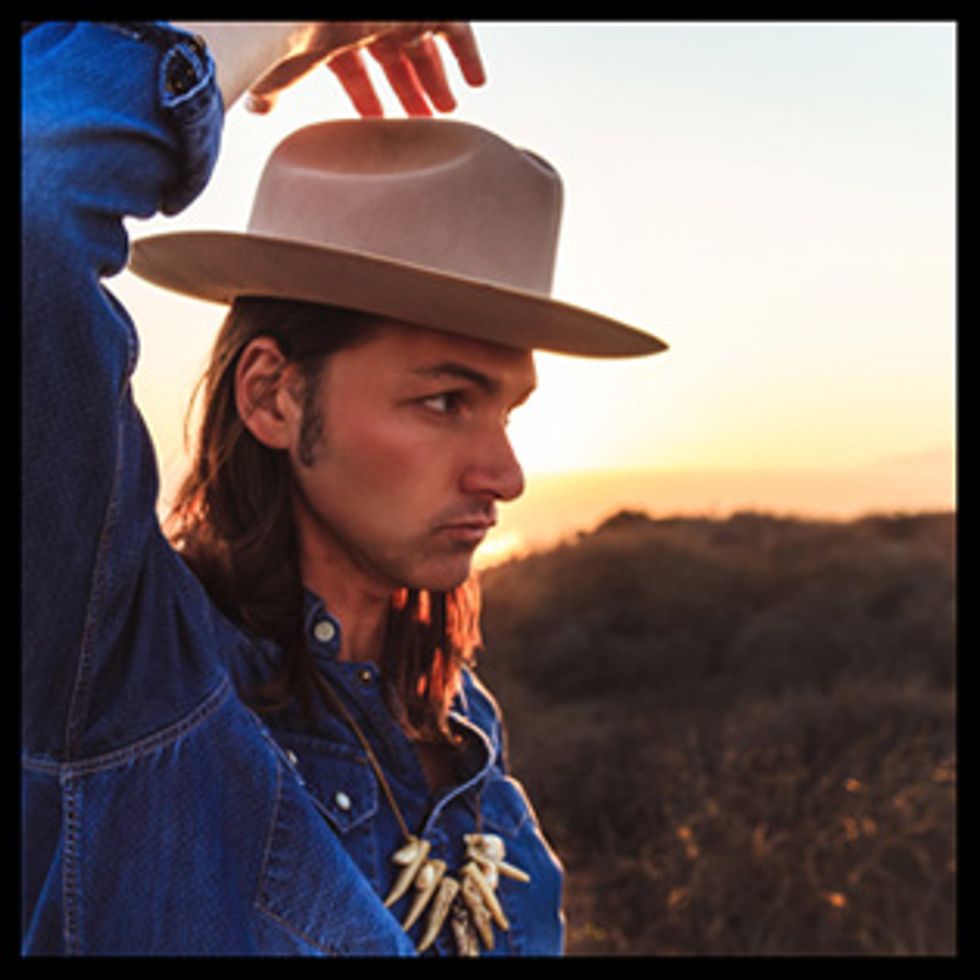
We were staying in Denver and when it was time for bus call I was so nervous about playing onstage with them for the first time, I left my guitar in my hotel room on purpose. On the bus ride to the show my dad asked where my guitar was. I told him I had forgotten it, thinking I had gotten out of sitting in. He just said, “Aw, that’s okay. We have plenty of guitars.” The pressure was back on. I ended up sitting in and felt such relief afterward knowing I had walked through my fear.
Image courtesy of Skinner Inc
Paul Gilbert
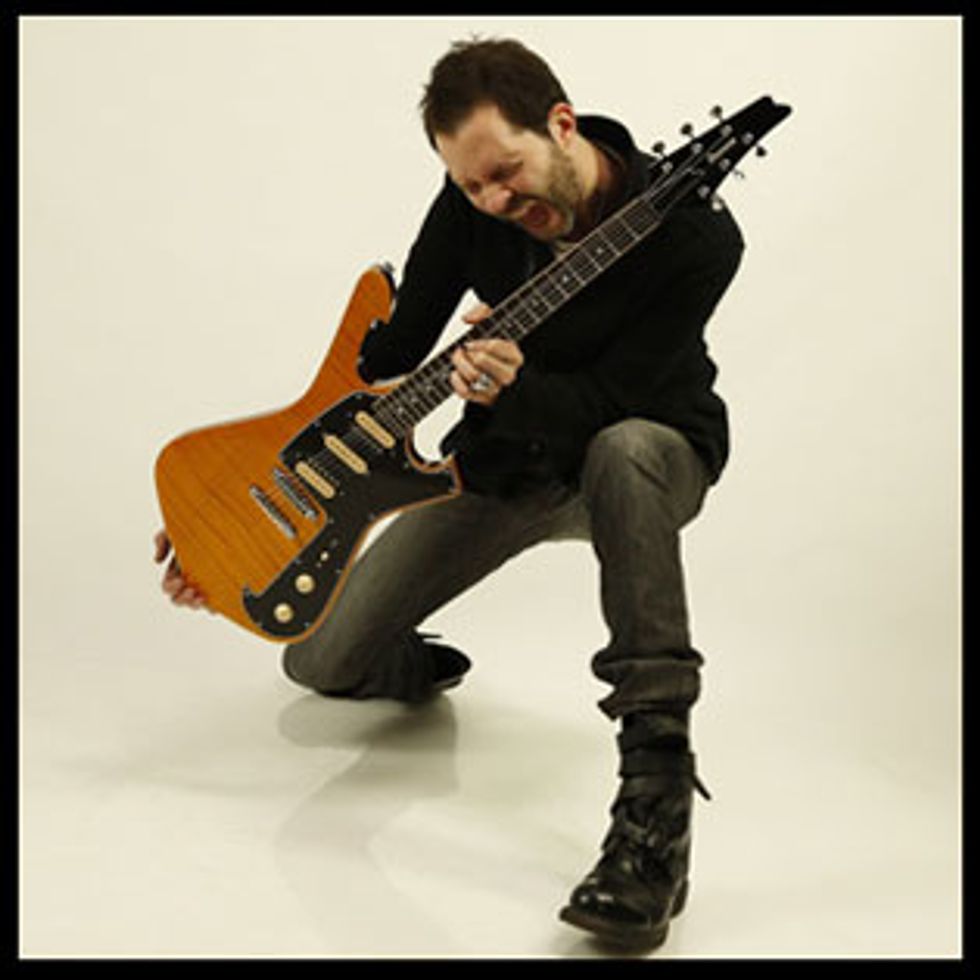
I played my Stella acoustic for two years before I saved up enough money to buy an electric guitar. During those two years, I didn’t really know how to tune the guitar, so I mostly played the low-E string. I’ve sometimes felt that those years were “wasted” due to my lack of knowledge and how limited my playing was. But I’ve come to appreciate that the time spent with just the low-E string allowed me to become really confident with that string. And that confidence allowed me to progress very quickly when I finally started taking lessons. Anyway, good things came from that Stella.
Photo by Danny Clinch
Jim James
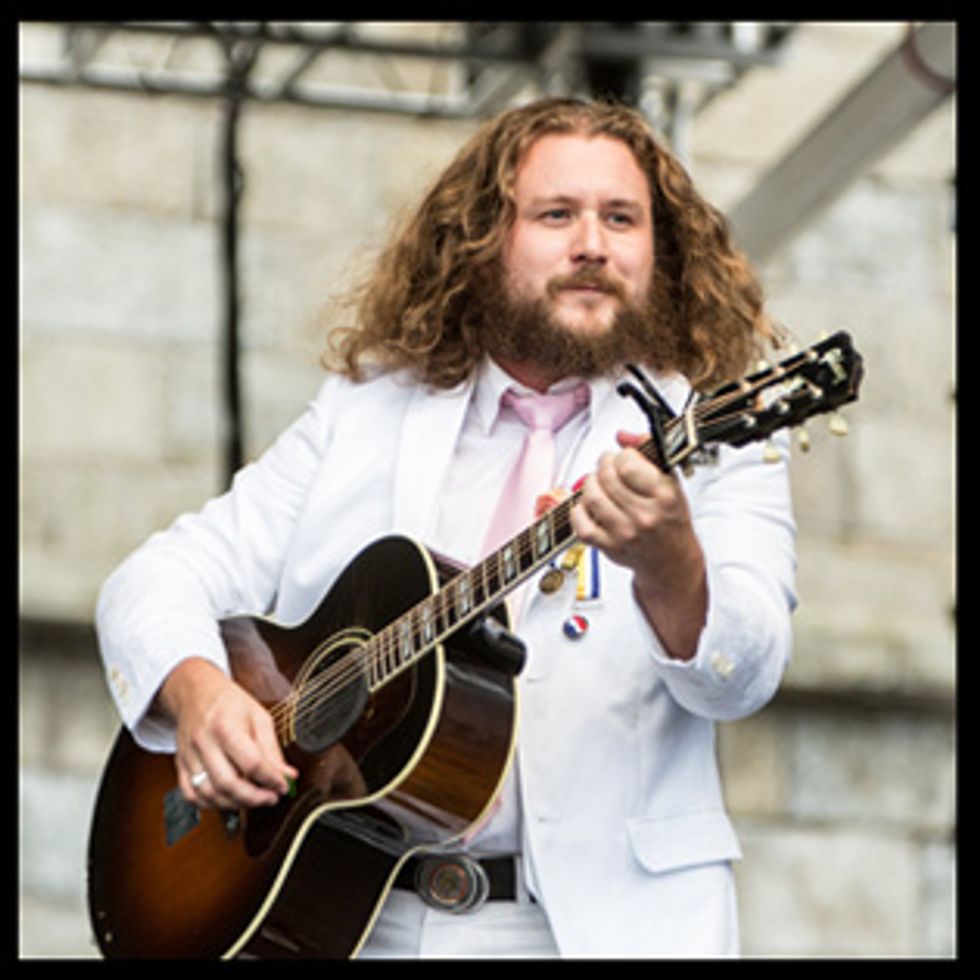
Photo by Tim Bugbee
I got it when I was 12 or 13 and played it all through high school. It was black, but I found these stickers that were sparkly apples and I put ’em all over the guitar. Eventually, I gave it to my brother because he wanted to learn how to play guitar, but then he never learned, so it just sat in the closet.
I kind of forgot about it—I thought it was gone. I just didn’t know what happened to it. But then my parents moved about a year ago, and when they were cleaning out a closet they found that guitar and they were like, “Oh my god, here’s your guitar! Do you want it?” [Laughs.] And I’m like, “Yeah, of course I want it.” So, I got it and played it for a little while, and I liked it but I just didn’t like the neck much. I really love Telecaster Deluxe necks from the ’70s—I’ve got really bad carpal tunnel and l just like really thin necks, plus I love the huge headstock on those, too. I got in touch with Chris [Fleming] at the Fender Custom Shop and I told him we were playing Colbert and sent him the guitar. It was all dirty and fucked up and he replaced the pots and put that neck on it and it sounds so great and I love playing it so much. It’s crazy! When I played it for the first time, it was like the feeling of literally when I played that guitar for the first time when I was a kid. It was a really cool, full-circle thing: It made me feel like I was 12 again. When I pulled it out of the box, it was so brand new, but so old. I put so much time into decorating it as a 13-year-old kid!
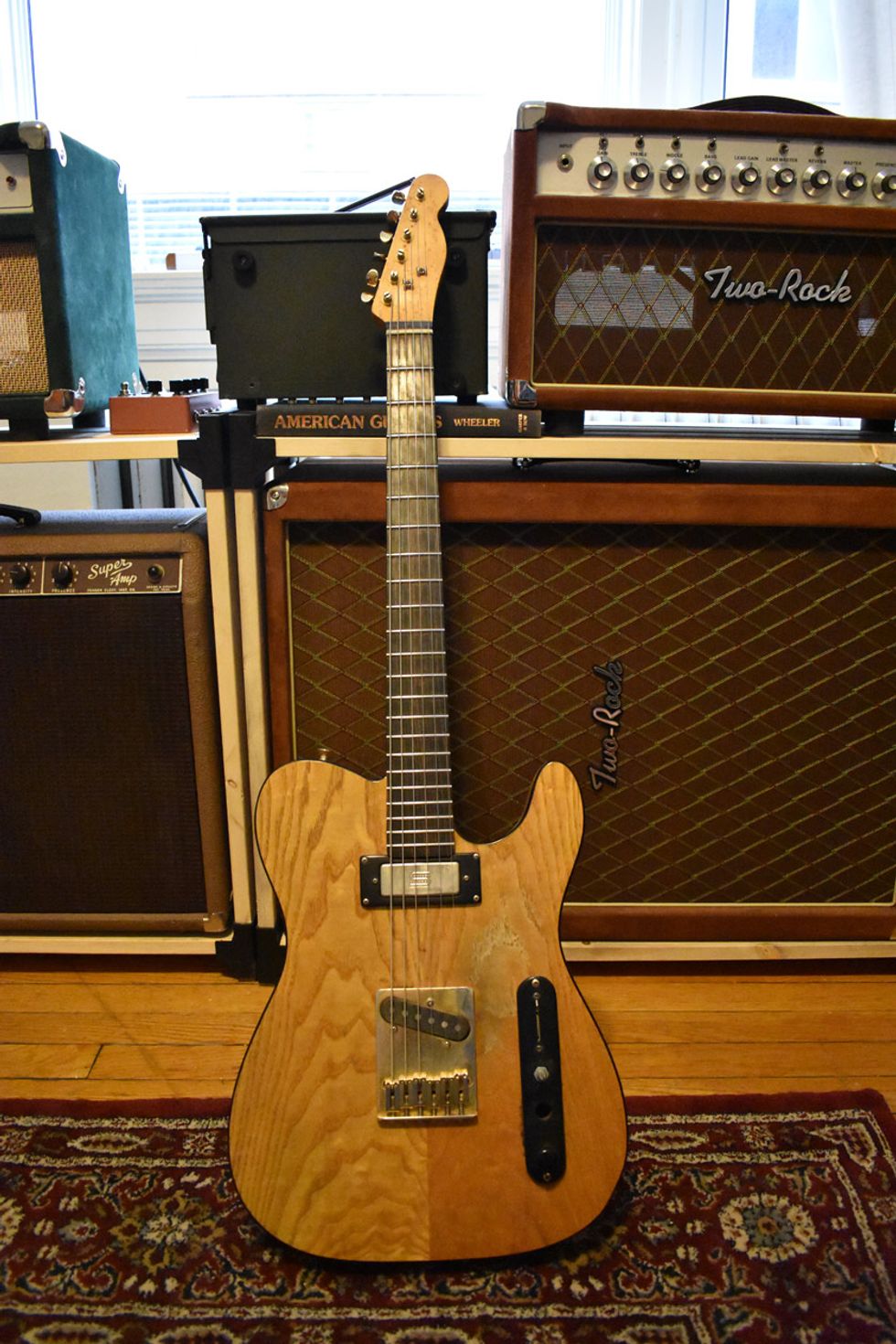
Joey Landreth (The Bros. Landreth)

Because of the huge routes in it, John shaved off 1/4” from the top and added a book-matched piece of ash. It’s a little thicker than a normal Tele and because of a small band saw accident, the body profile is a little different as well. My dad finished it with gunstock oil and bolted on a maple neck from an old Japanese Tele that was kicking around. Originally, it had a black pickguard and standard Tele pickups, but I went through a million different combinations before settling on what it is today. It has a Seymour Duncan mini-humbucker in the neck (because, according to the website, Robben Ford had one in one of his guitars) and a Nordstrand ’60s Tele pickup in the bridge. My brother bought me the bird’s-eye maple/Macassar ebony neck that you see here from Warmoth for my birthday about 10 years ago. There was a kill switch in between the knobs, but I had to take it out on a tour because it permanently killed my guitar one night.
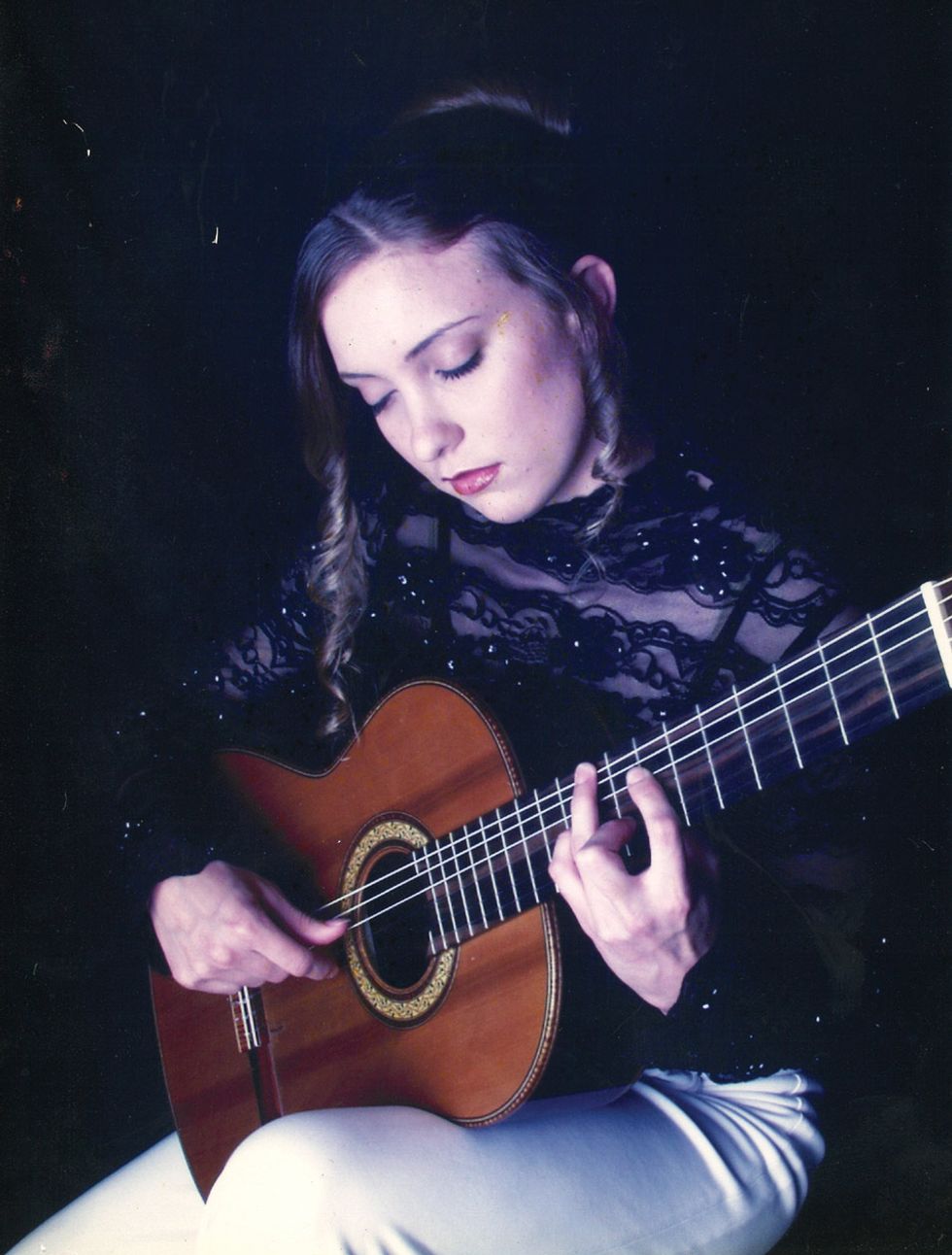
Christie Lenée
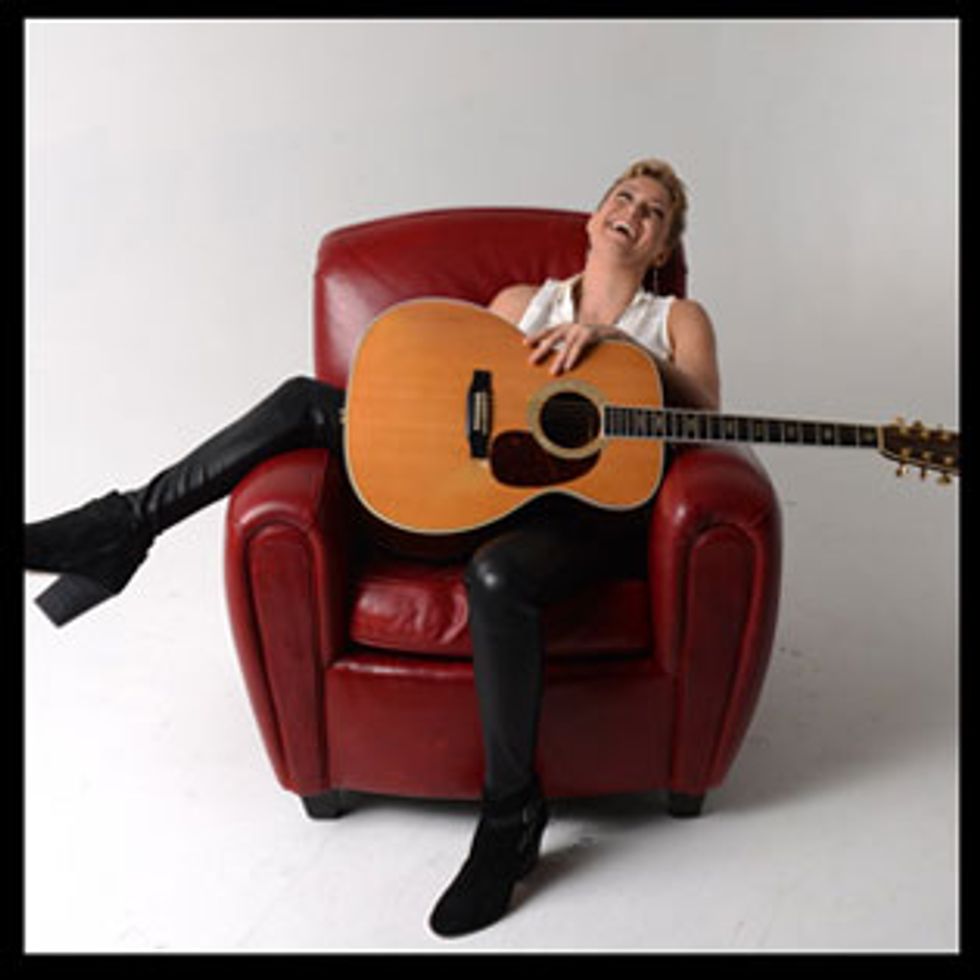
This nylon-stringed beauty was initially a student loaner from Blake High School when I took on the mission to study classical guitar. I loved it because it was handed to me directly from John Parris, my dearest teacher of this lifetime, and therefore it was a sacred blessing. I eventually owned the guitar and years later passed it on to a very dear student. Inspiration comes full circle!
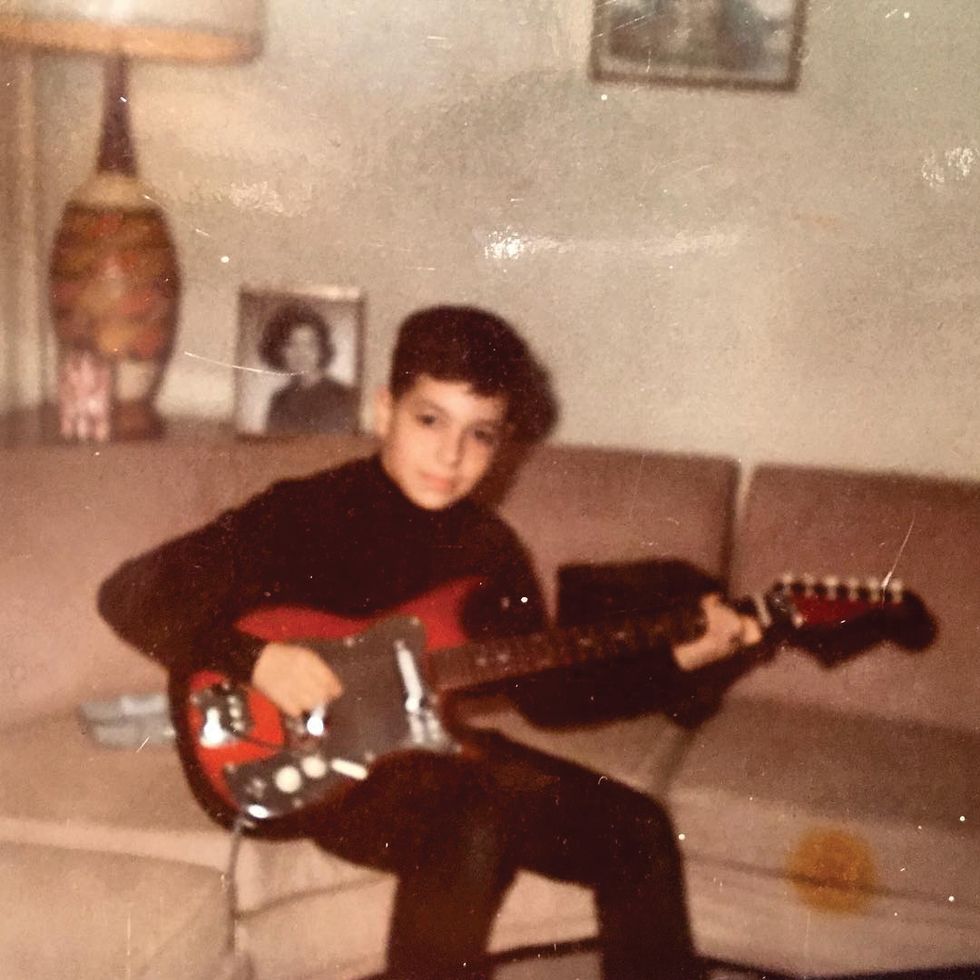
Al Di Meola
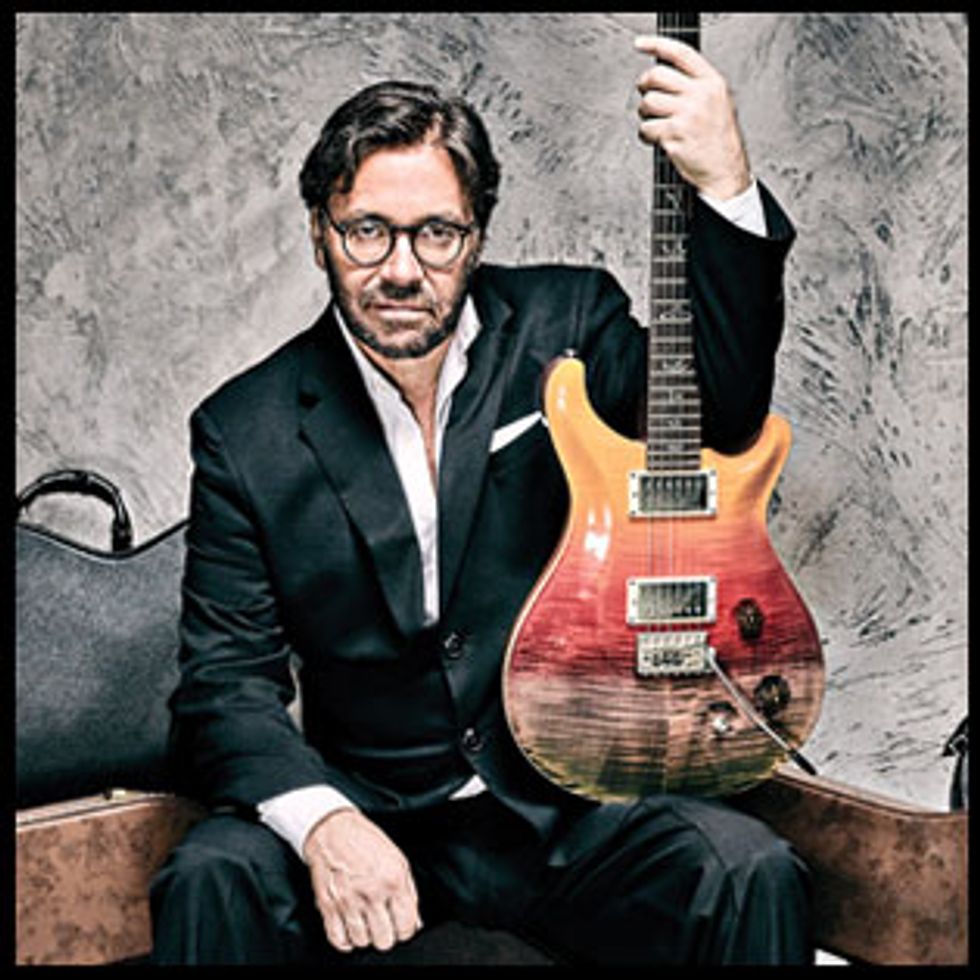
Photo by Ben Wolf
I started taking lessons at a local music store, the Music Workshop in Bergenfield, New Jersey, and the teacher who was assigned to me just happened to be an old-school jazz guy, Bob Aslanian. Although I wanted to learn what was hip in the pop world, I was also being introduced to standards, scales, cord substitutions, and reading in every position—all the stuff that paved the way for my being able to go to Berklee and handle the gig with Return to Forever.
Bob got me my first good guitar when I was 12. He had a big in with Guild, which then was in Hoboken, New Jersey, and he got a deal on a Guild Starfire III. One of the great thrills of my lifetime was looking for that guitar around the house before Christmas, and finding it. When my parents weren’t home, I’d open the case and look at it, and then put it back under my father’s bed. And on Christmas I had to pretend it was the first time I saw it. Then there was no turning back. I was obsessed!
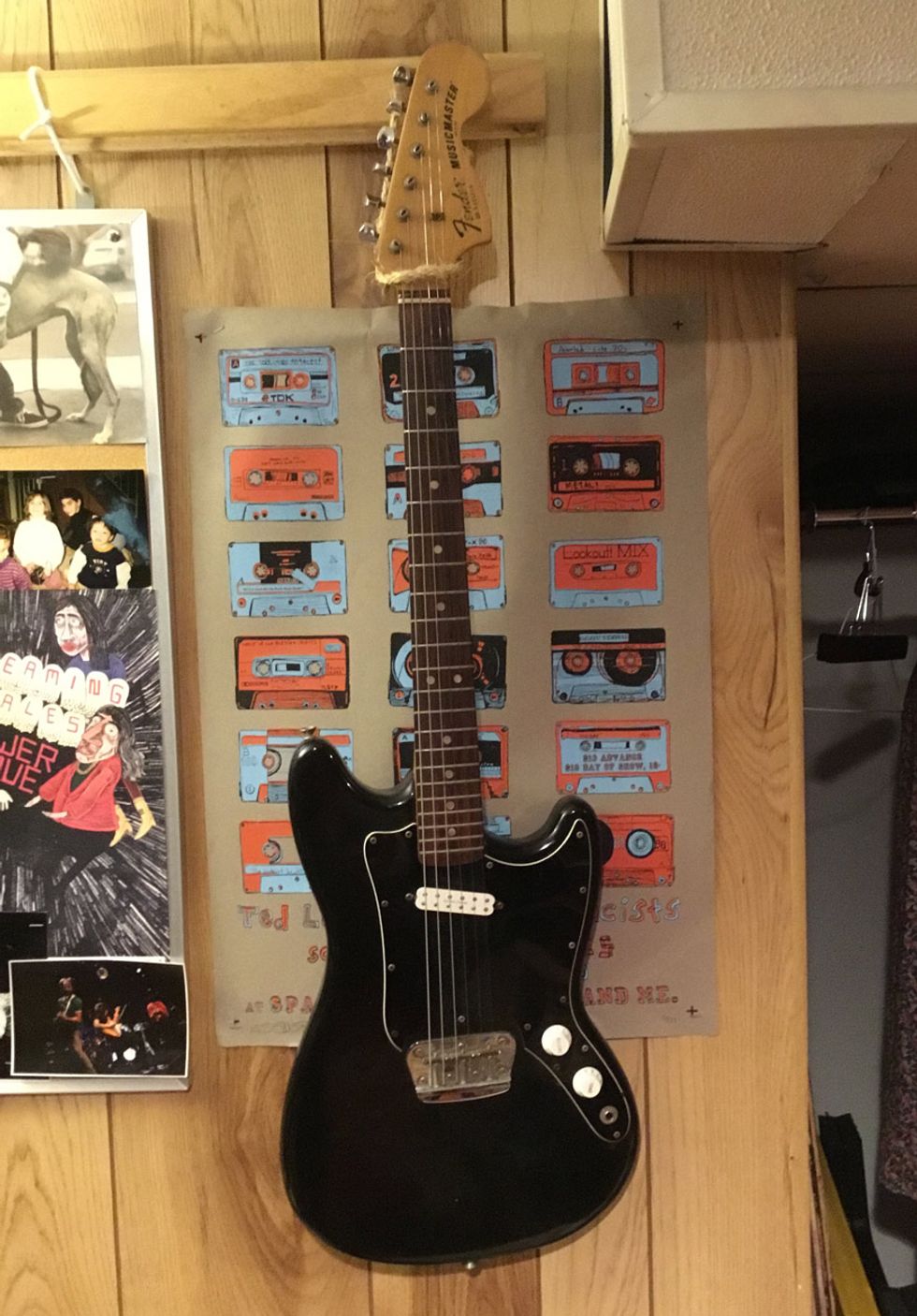
Marissa Paternoster (Screaming Females)
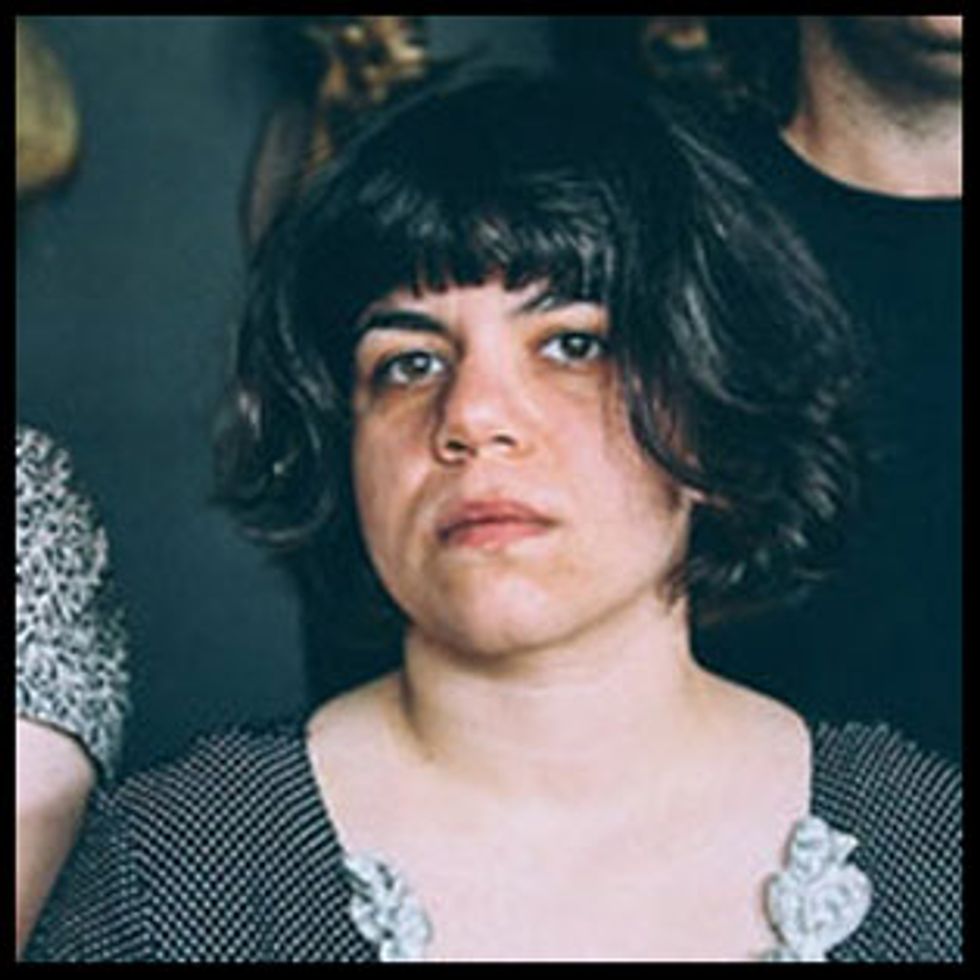
Photo by Farrah Skeiky
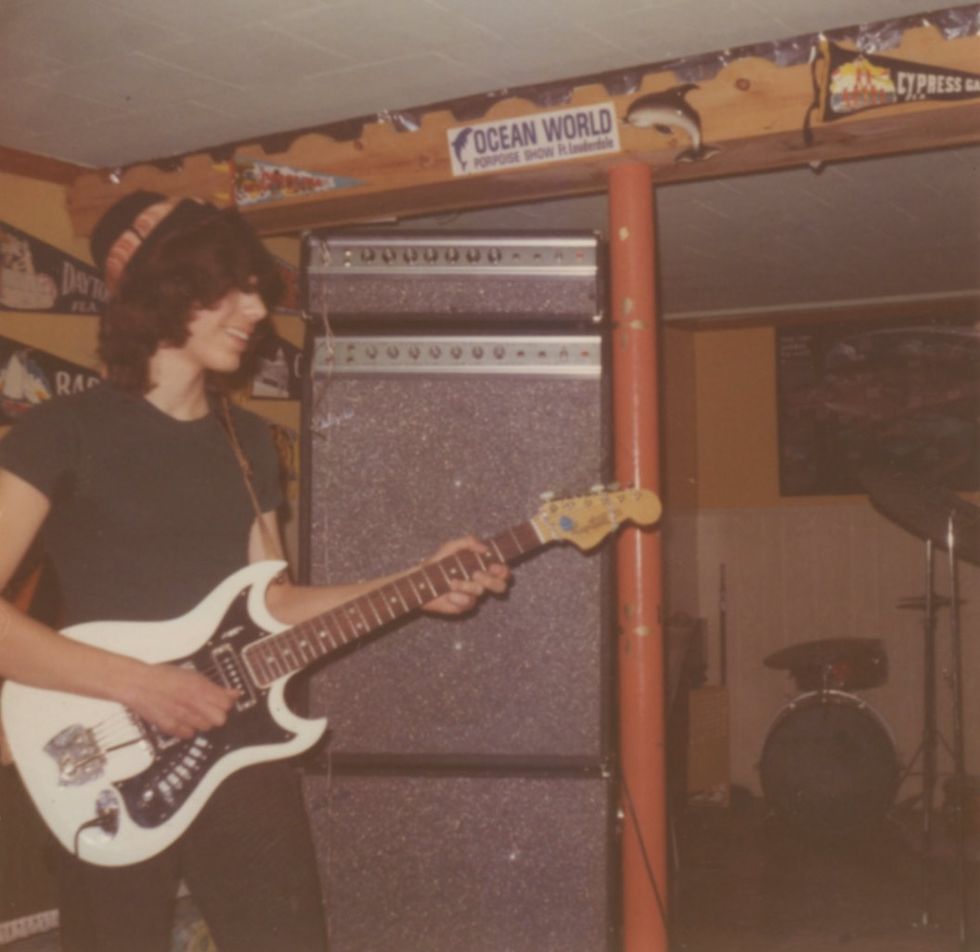
Joe Satriani

Photo by Jon Luini
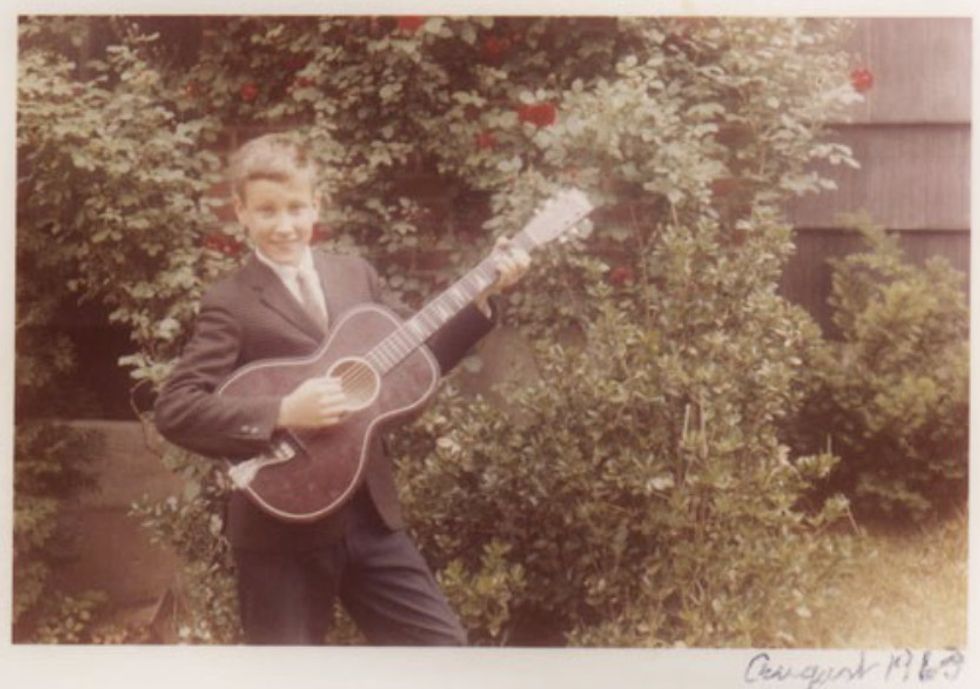
John Scofield
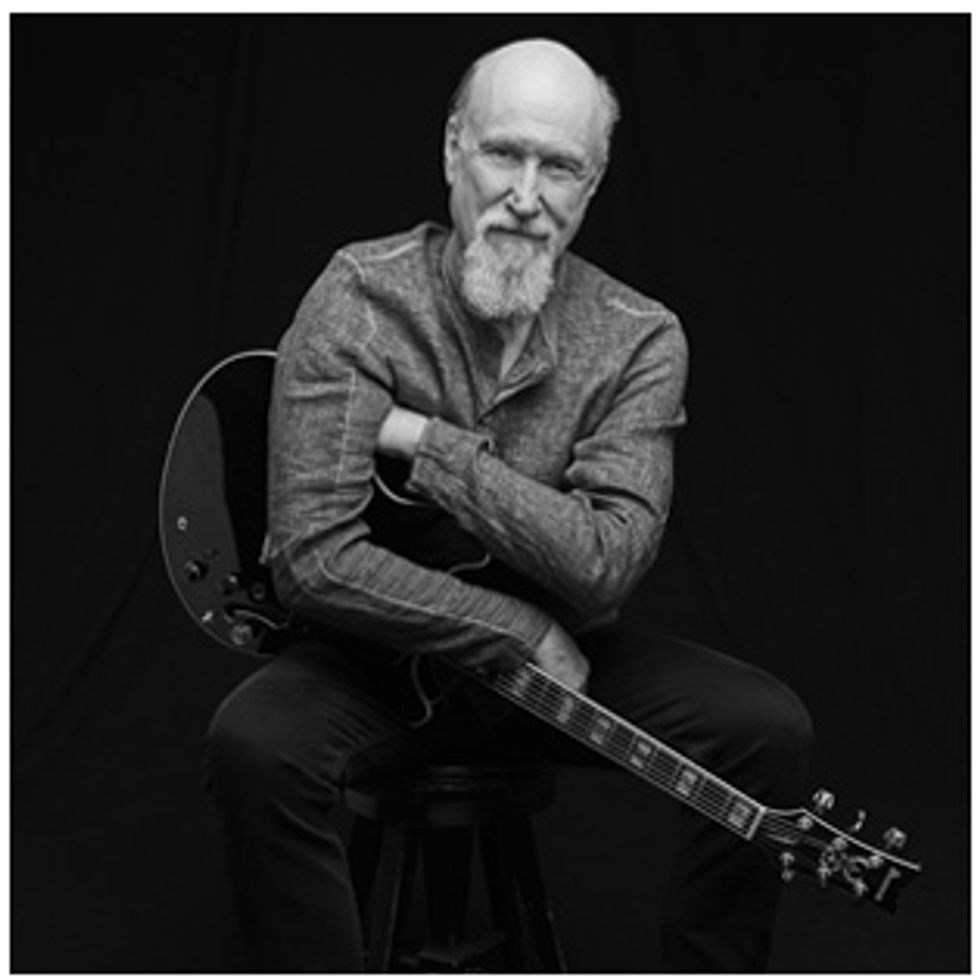
My mother had first rented me an acoustic for about a year, because she wanted to test my commitment before buying anything. It was probably unplayable, but who knew? I saw the Hagstrom in the shop window and thought it looked like the Fenders that the Beach Boys played on TV and it cost about $100. I also bought a Univox amp. I loved my Hagstrom and played it for a year or so until I traded it for a Rickenbacker like John Lennon’s to go with my new Ampeg Gemini II. Our band gigged most weekends and I did a paper route so I could save money for big-time gear!
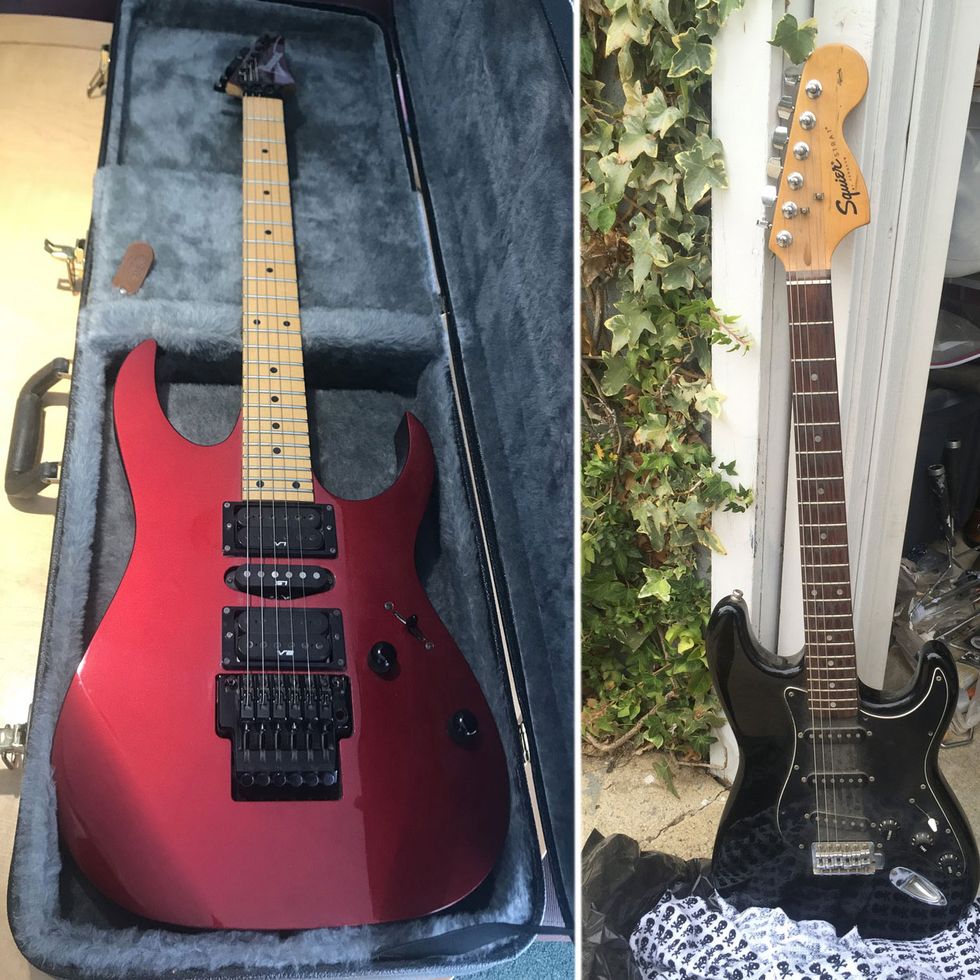
Nita Strauss (Alice Cooper)
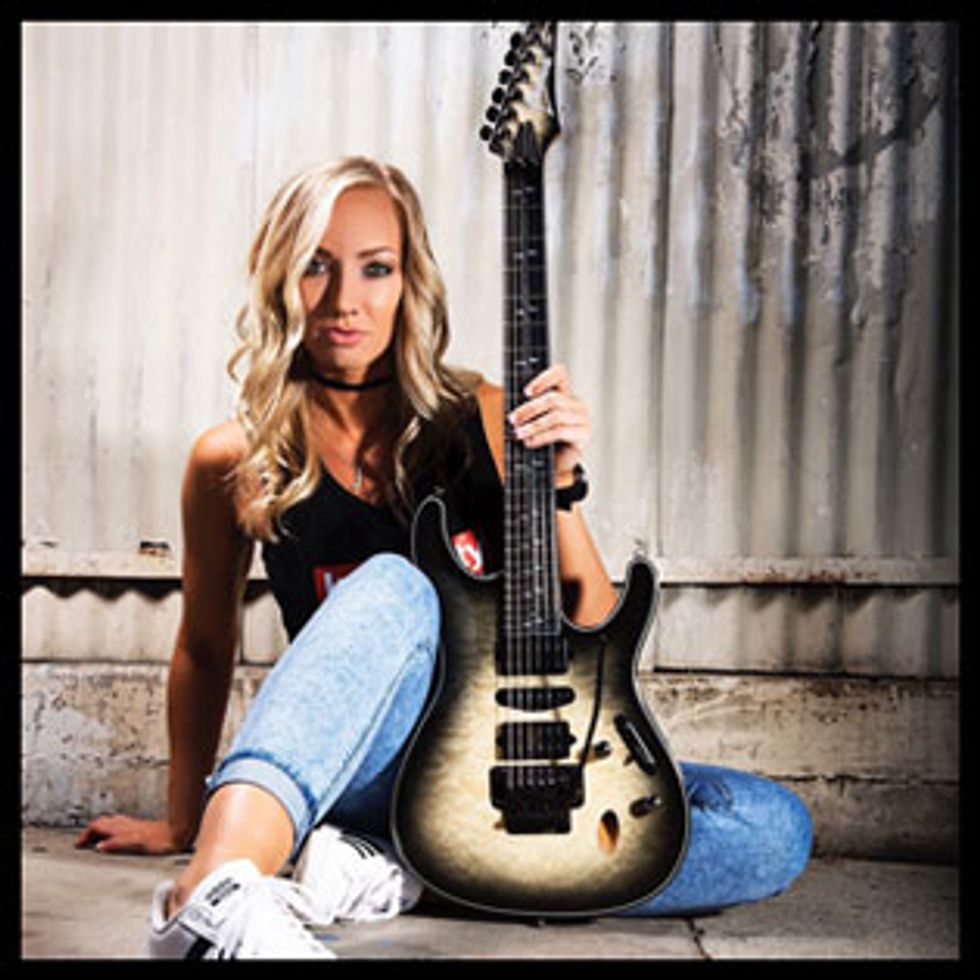
Photo by Robert Downs
I remember getting it home and feeling so frustrated because I sounded nothing like Steve Vai in Crossroads. It wasn’t until much later that I realized that’s pretty unrealistic with a Squier and a 10-watt amp, much less two months into learning how to play guitar!
However, my best friend at the time was learning how to play guitar at the same time I was. And she had what I thought was the ultimate dream guitar—a cherry red [Ibanez] RG, which was signed on the back by Vai himself. I used to spend nights over at my friend’s house and would play that guitar after she fell asleep, hoping the magic of the Vai signature would somehow transfer into my hands. I still sounded nothing like Vai at the time, but I think the mojo helped. My favorite part of the story? My friend and I reconnected on Facebook all these years later, and just about two months ago I sent her a message: “By any chance, do you still have that guitar?”
Her uncle still had it and I was able to trade him a much nicer and newer Ibanez for it. Now the first guitar I ever truly lusted after is finally mine! I still have the Squier, too. Maybe one of these days I’ll display them next to each other.


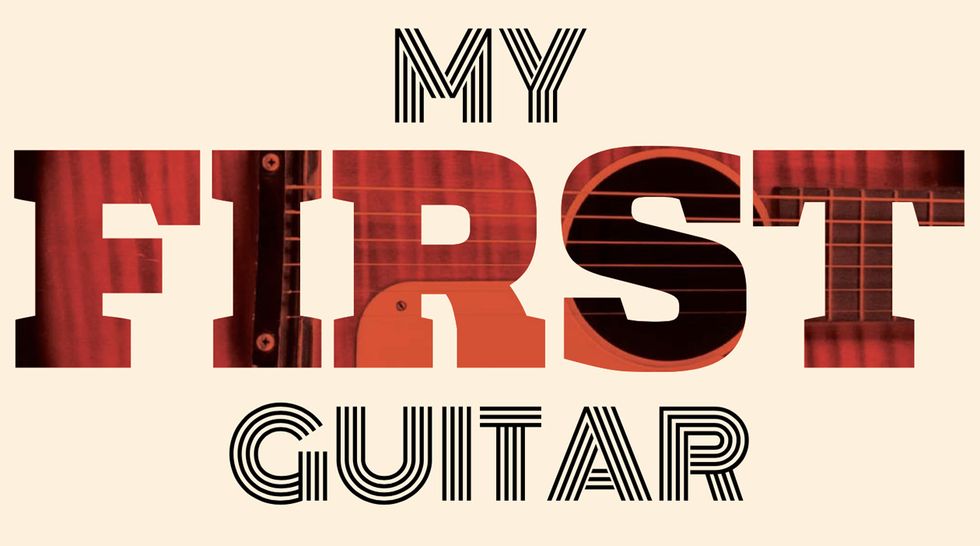
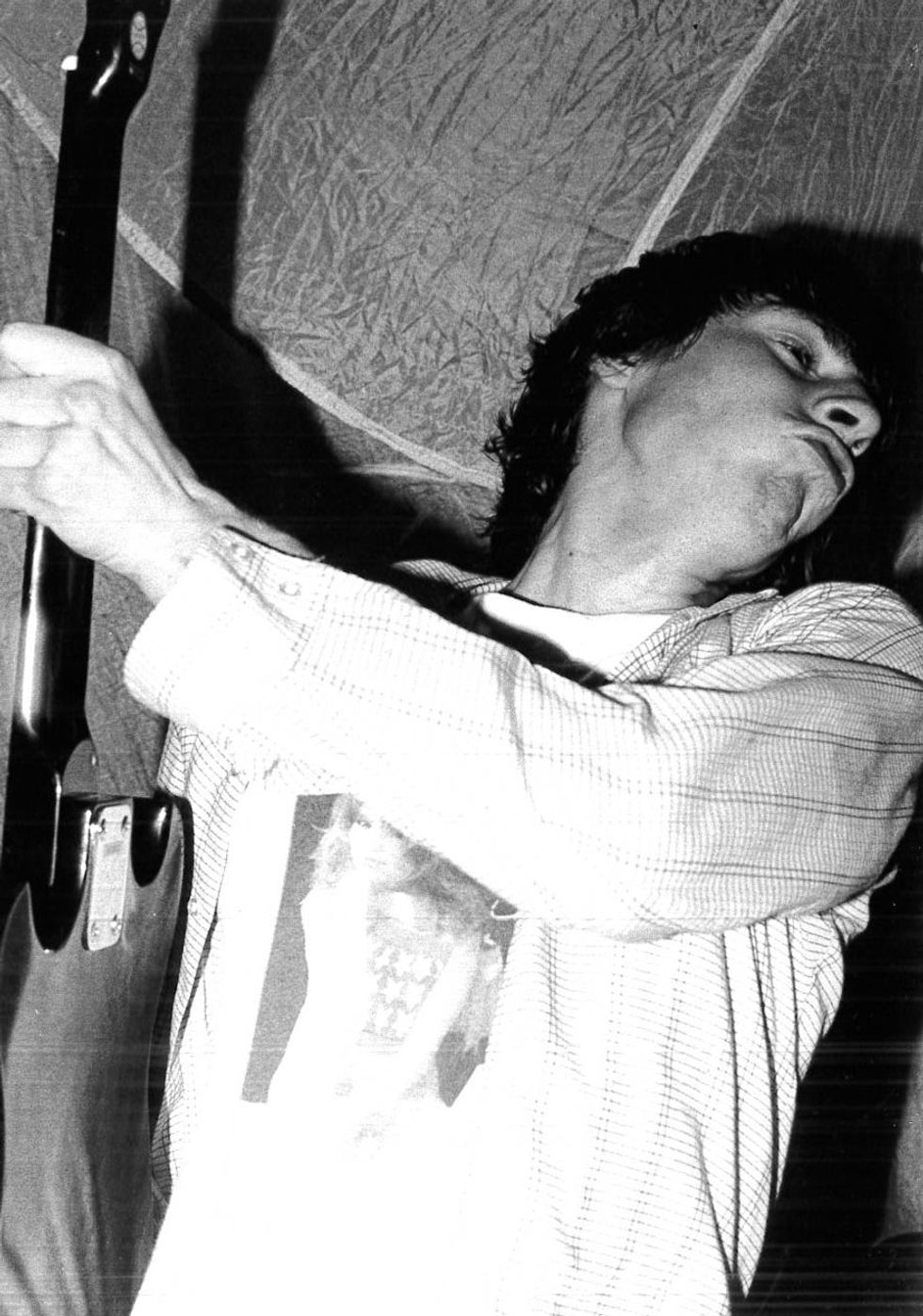
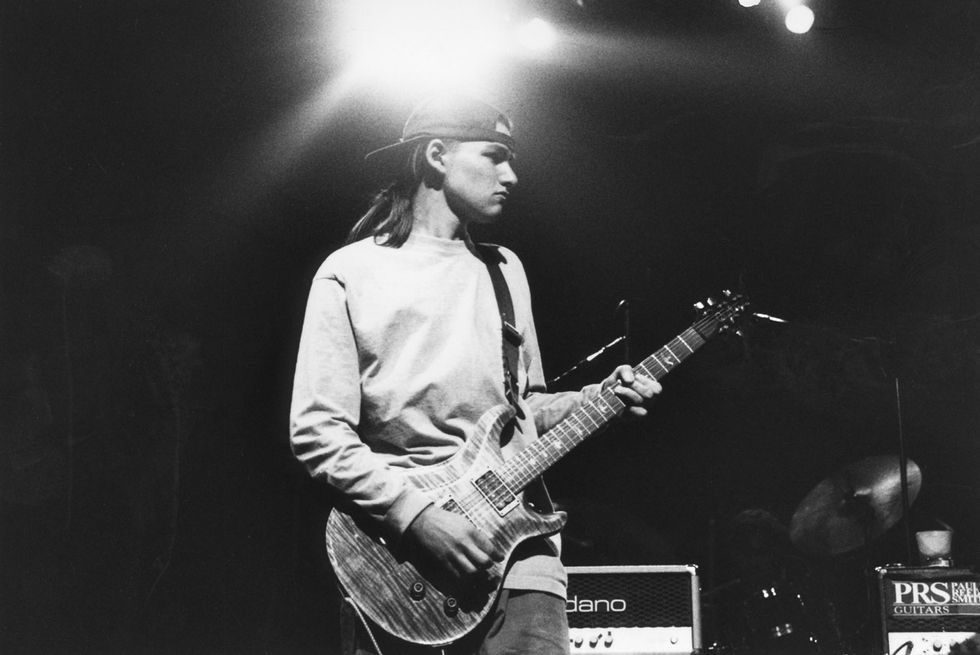
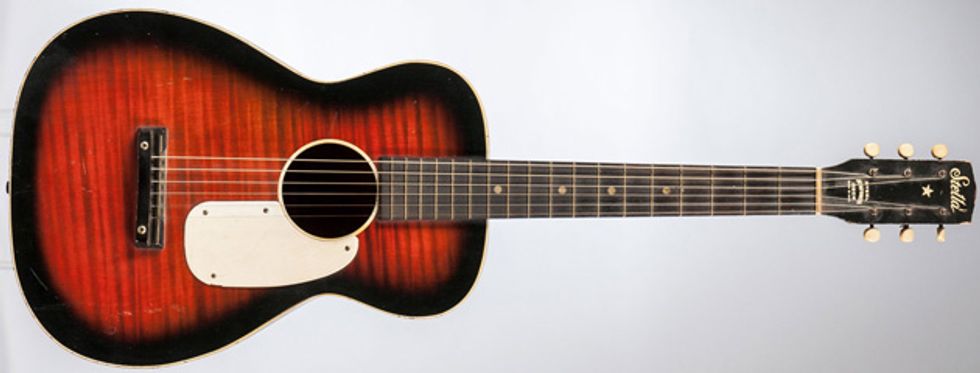
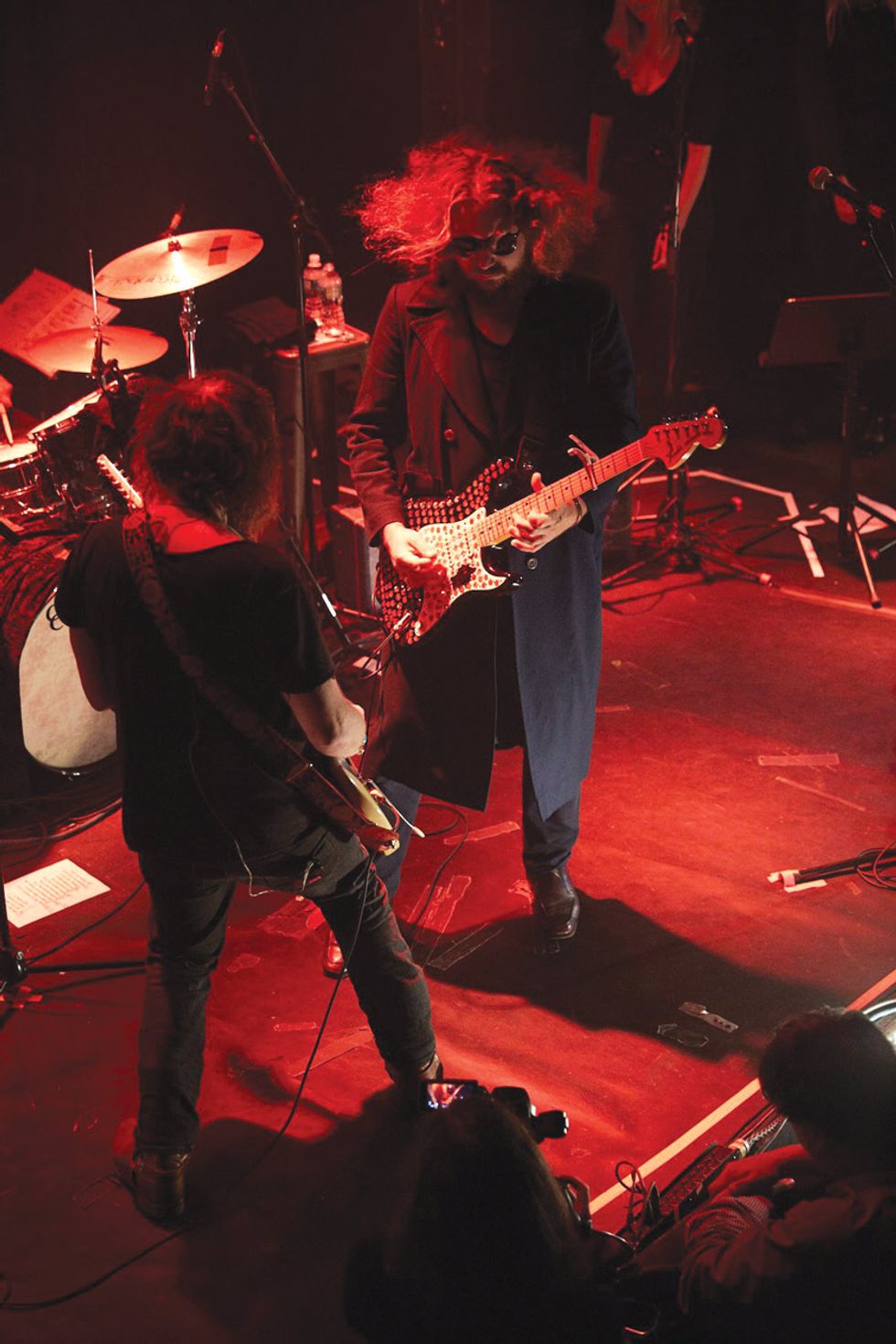
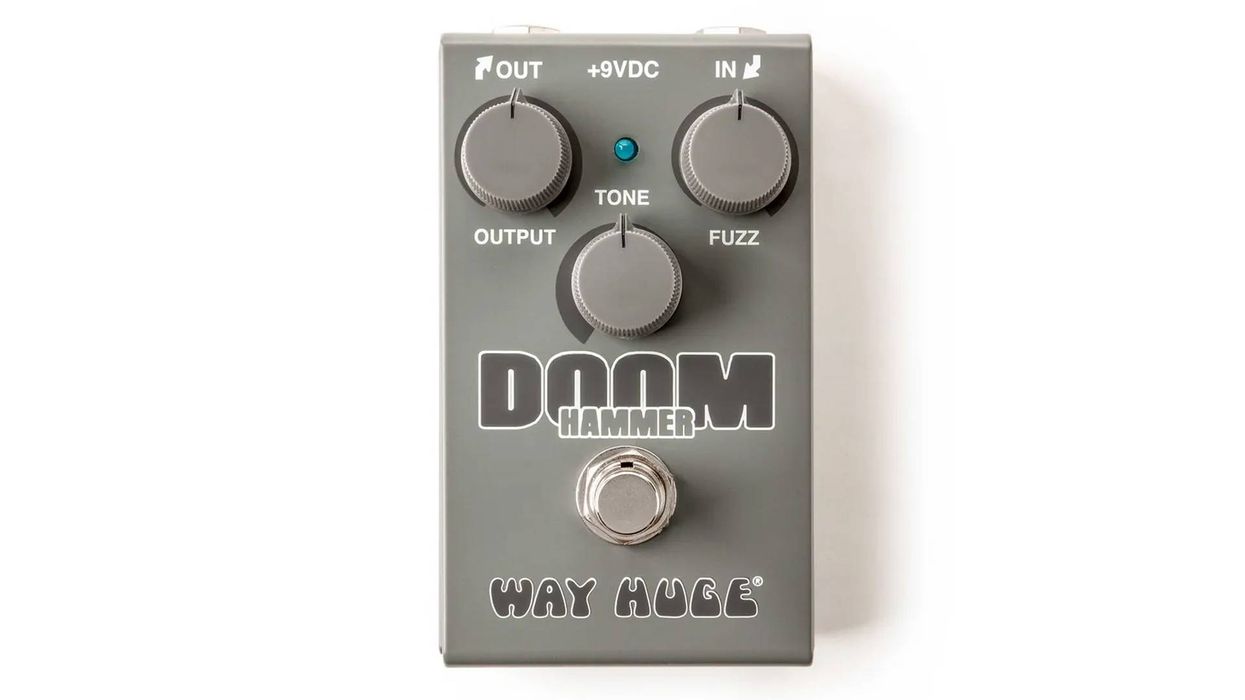
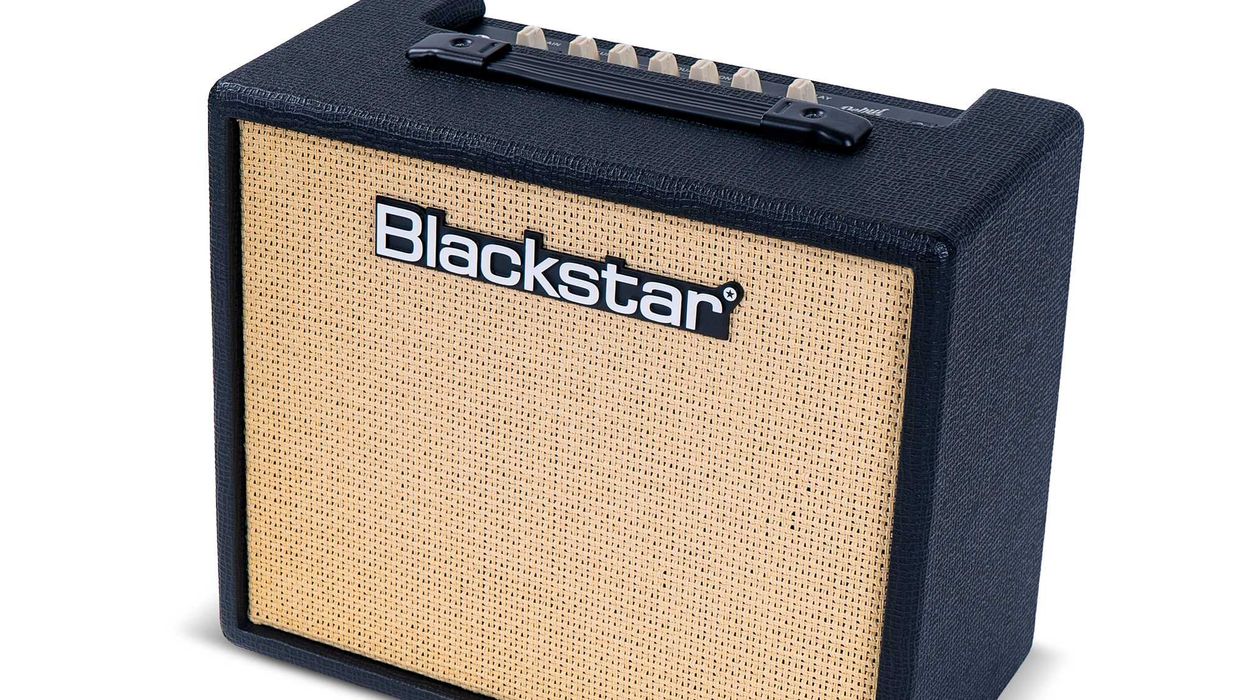
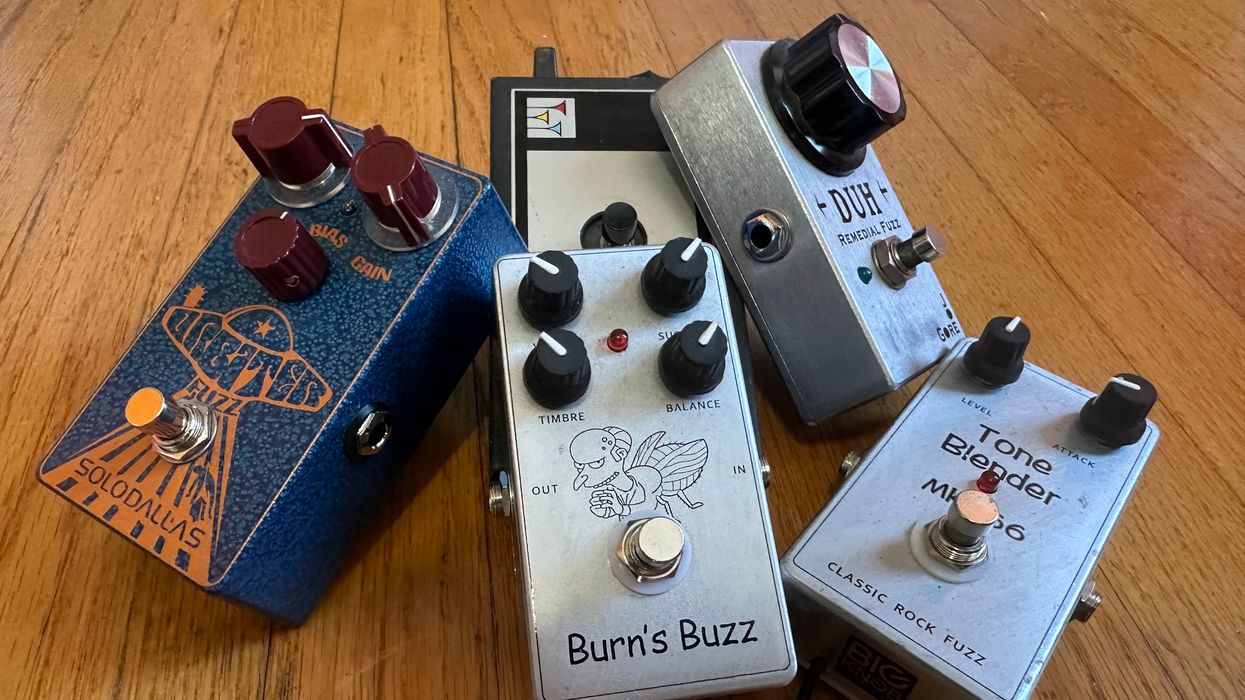

![Rig Rundown: Russian Circles’ Mike Sullivan [2025]](https://www.premierguitar.com/media-library/youtube.jpg?id=62303631&width=1245&height=700&quality=70&coordinates=0%2C0%2C0%2C0)
